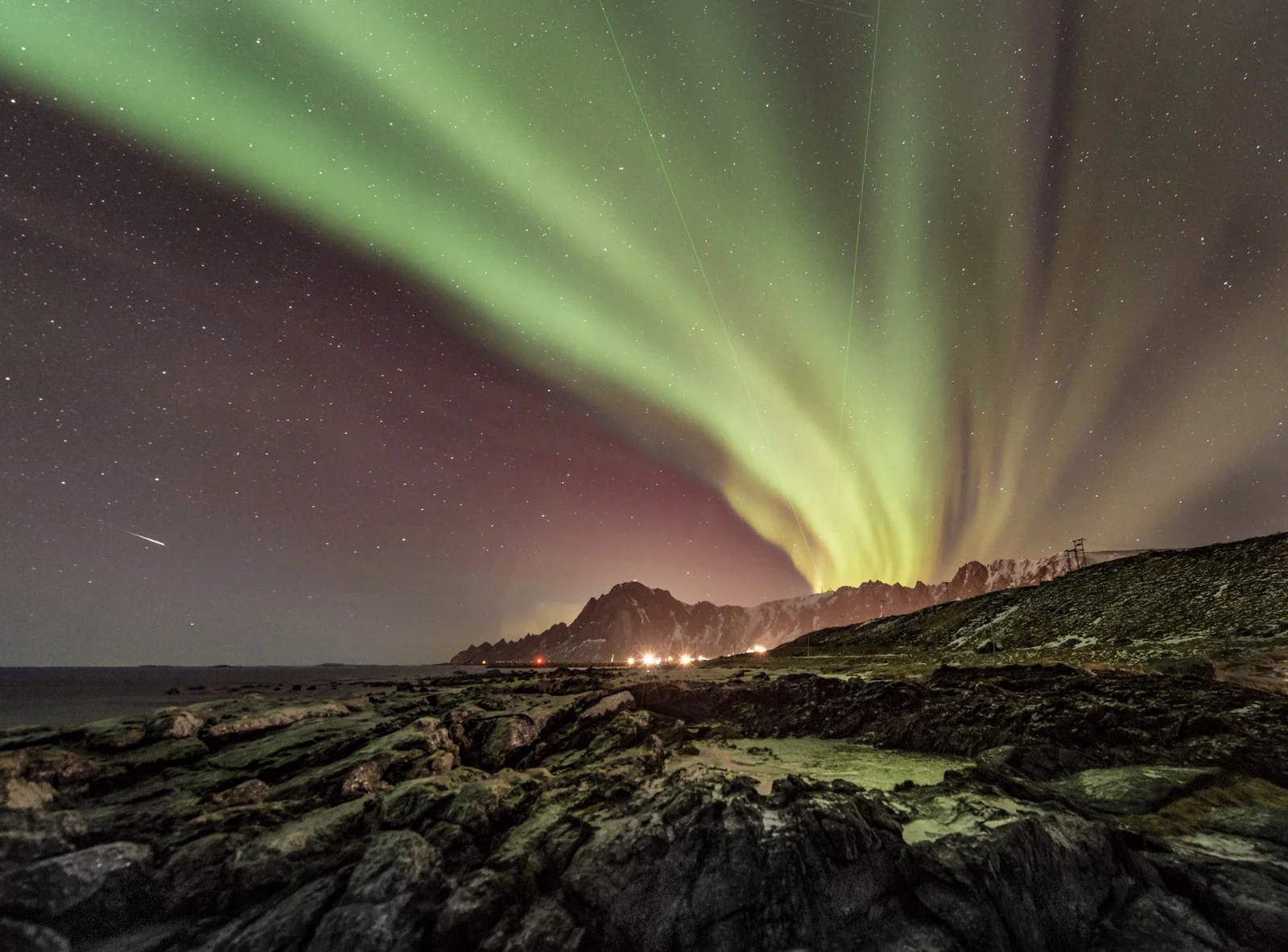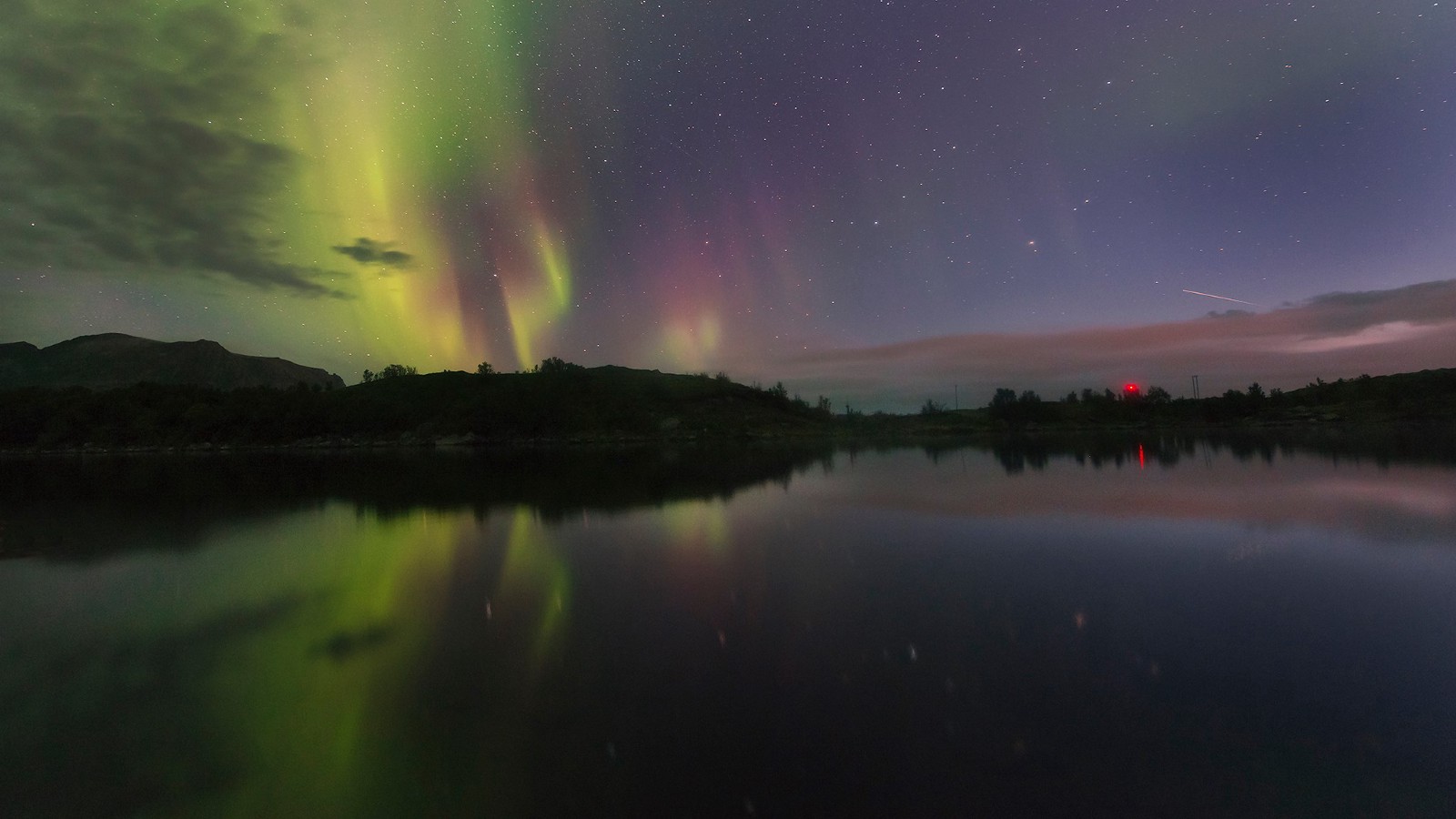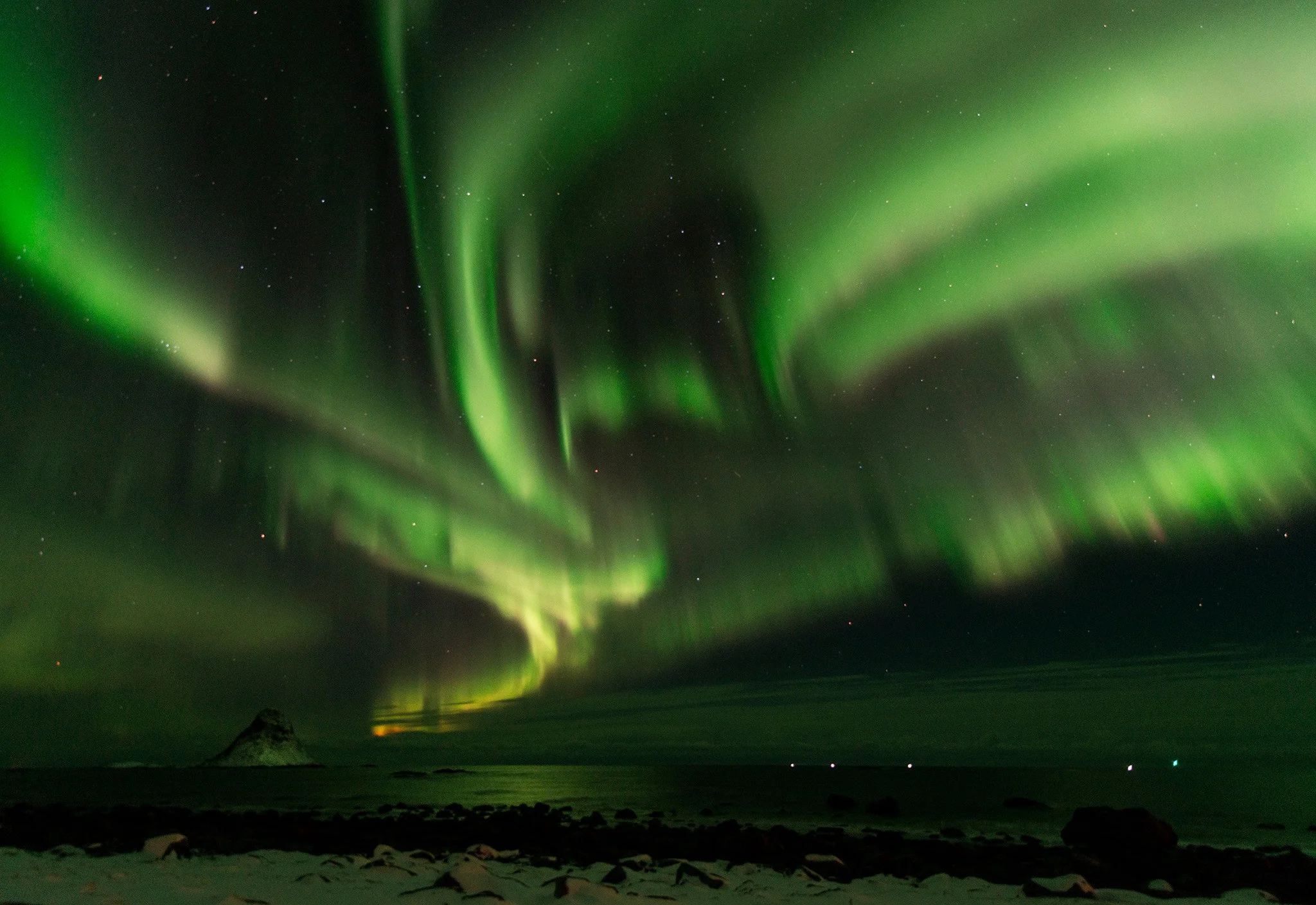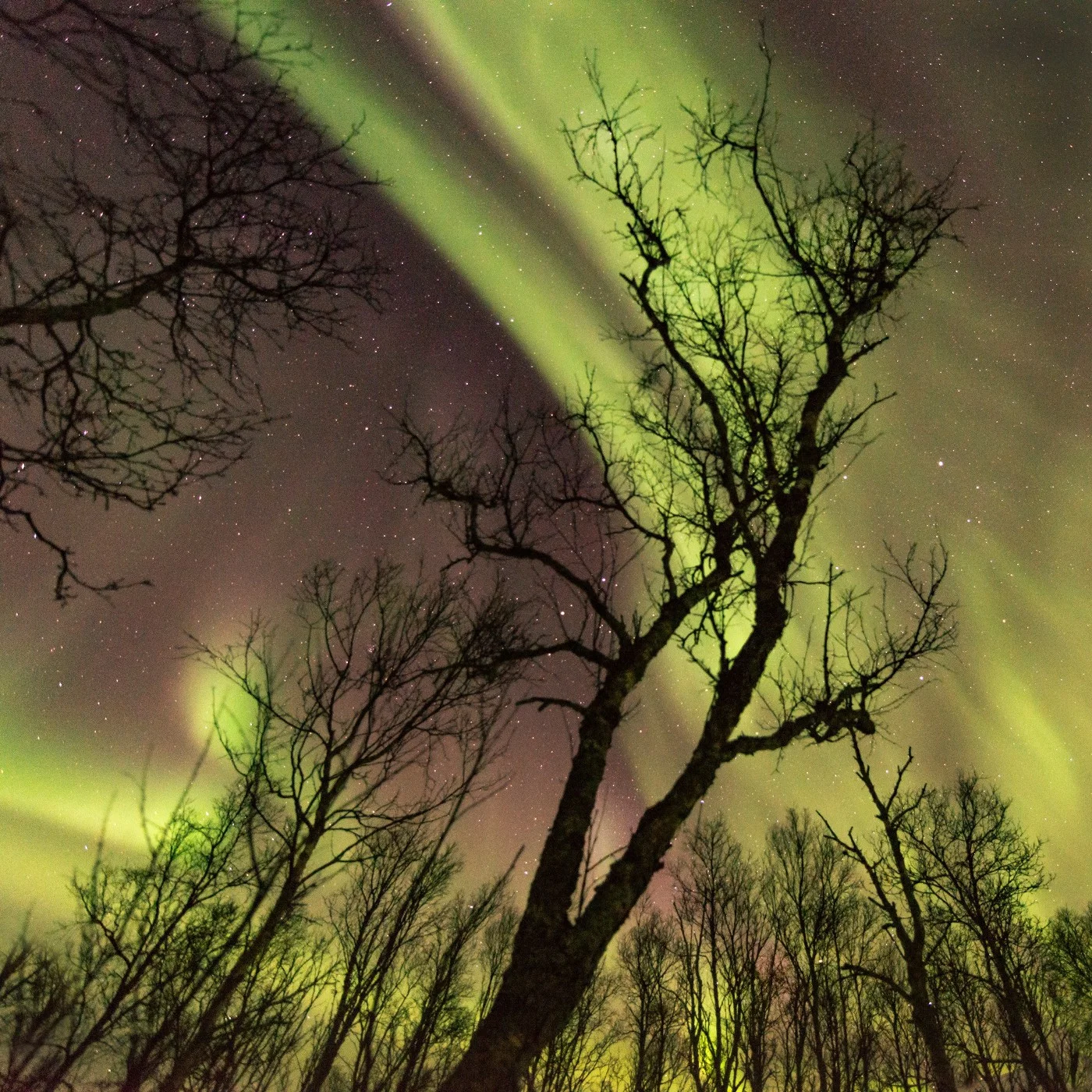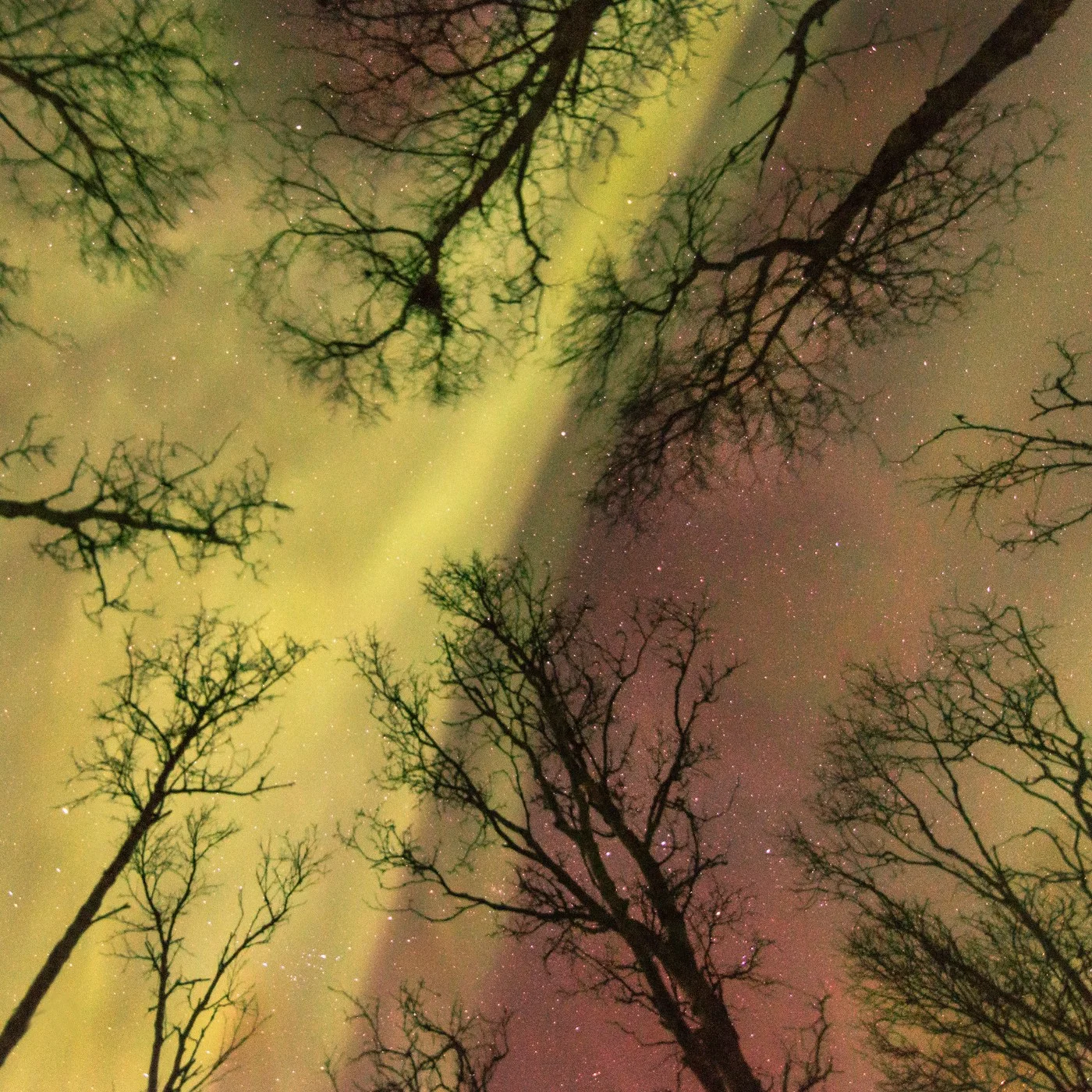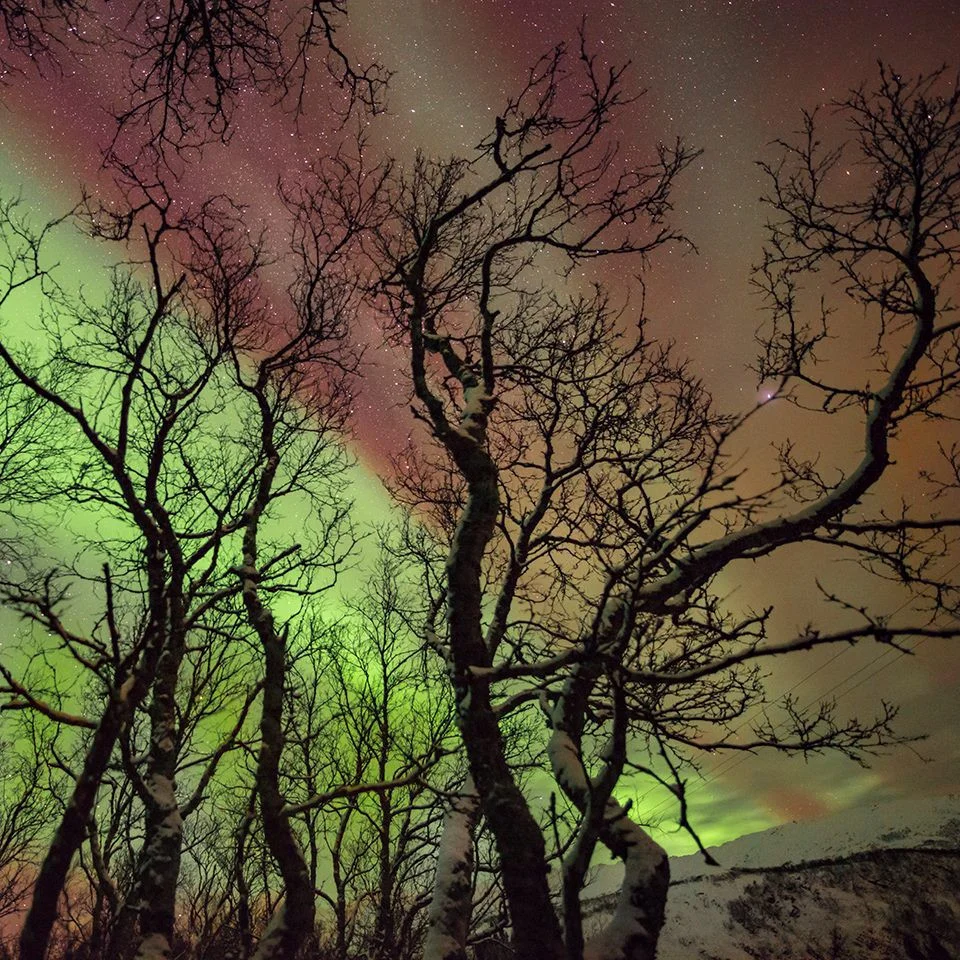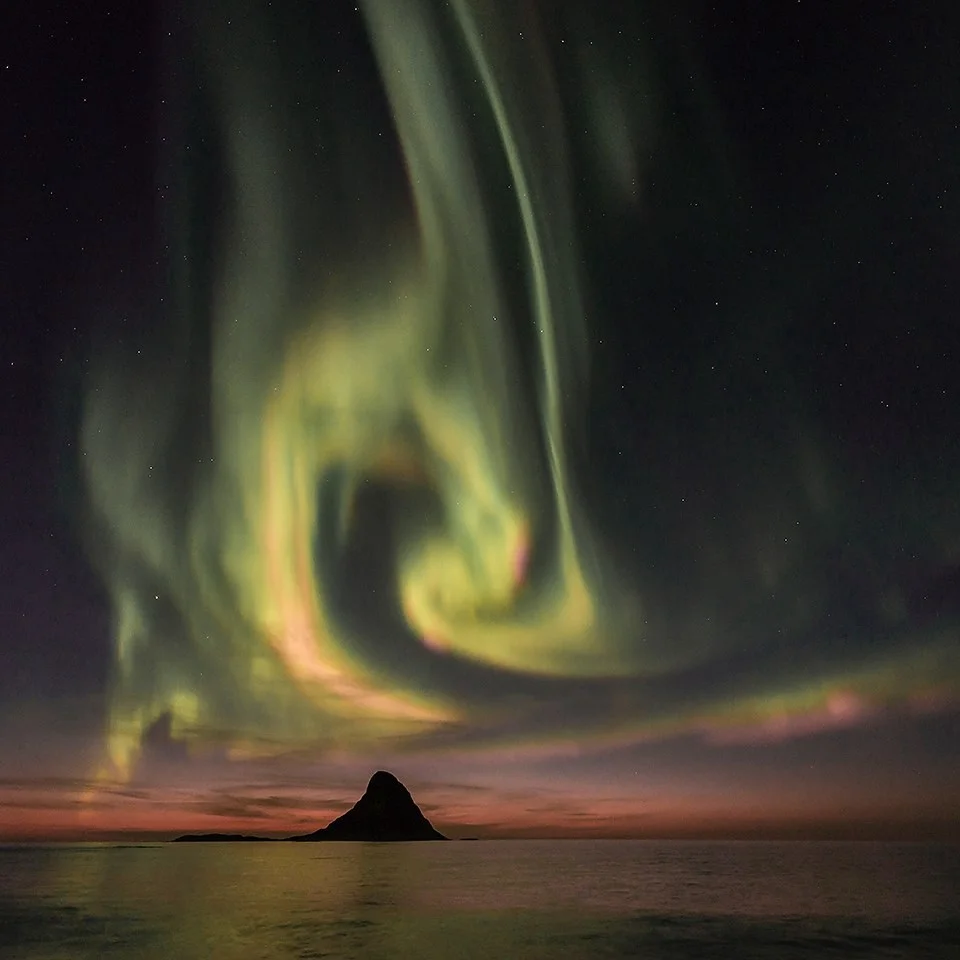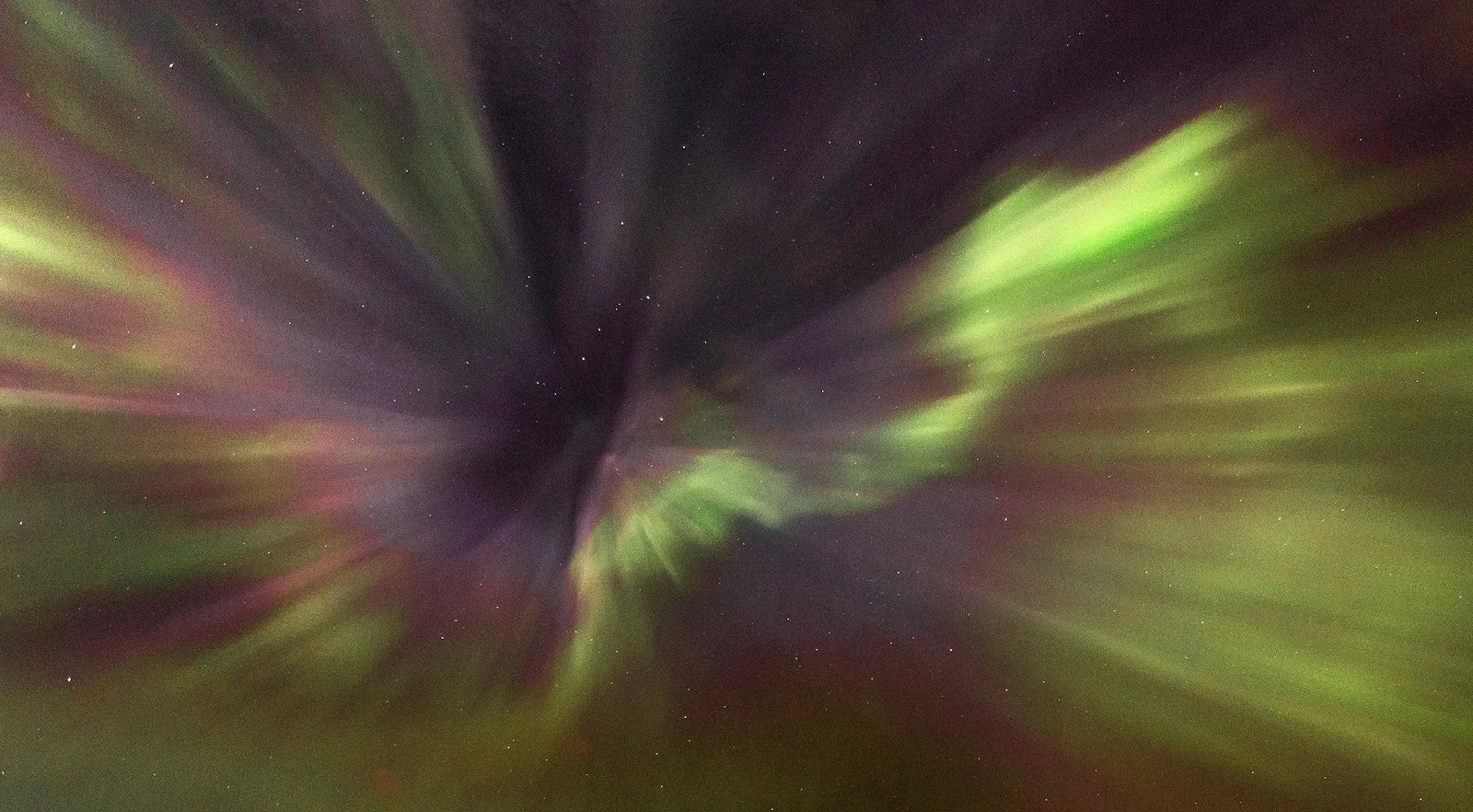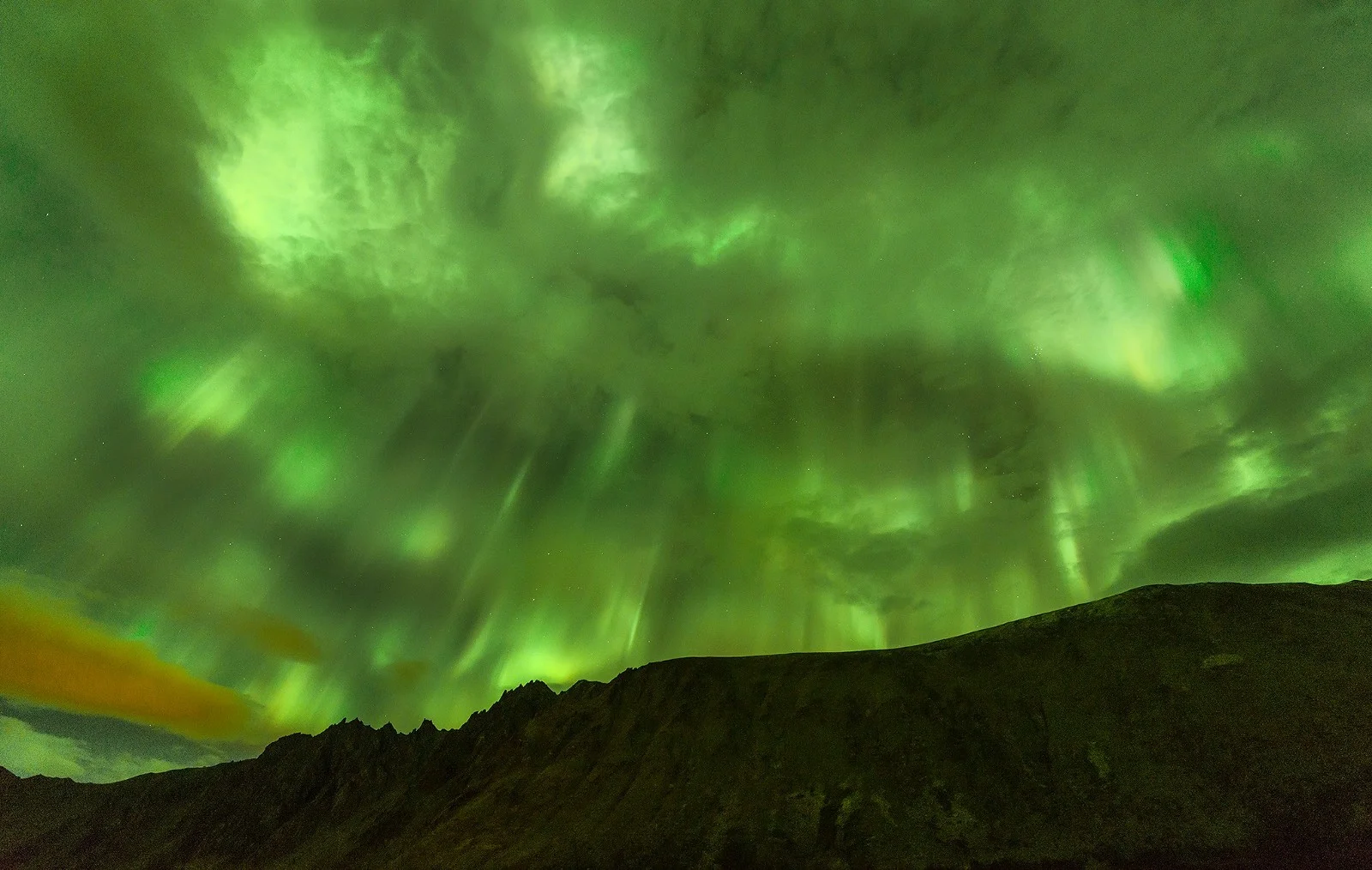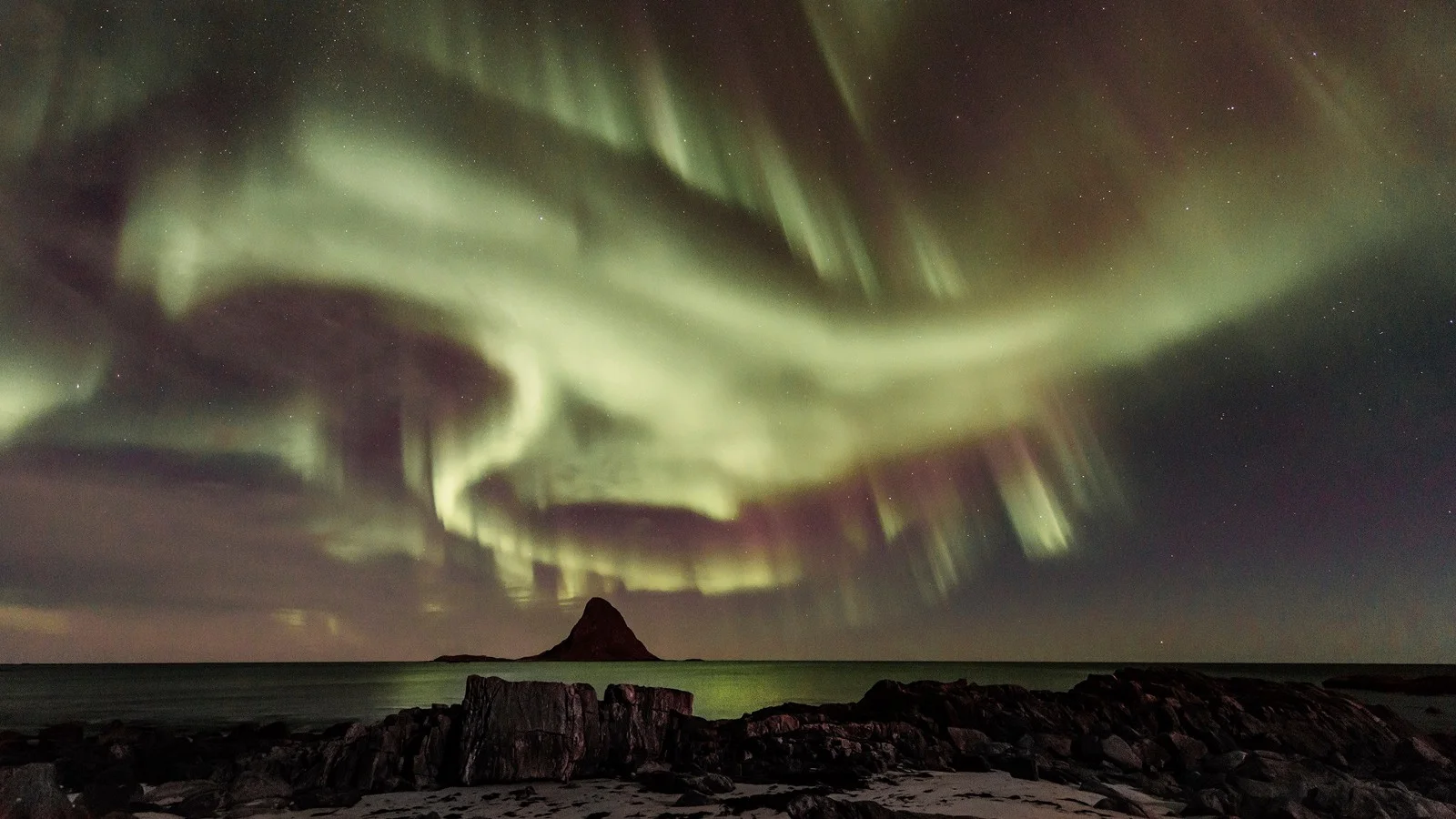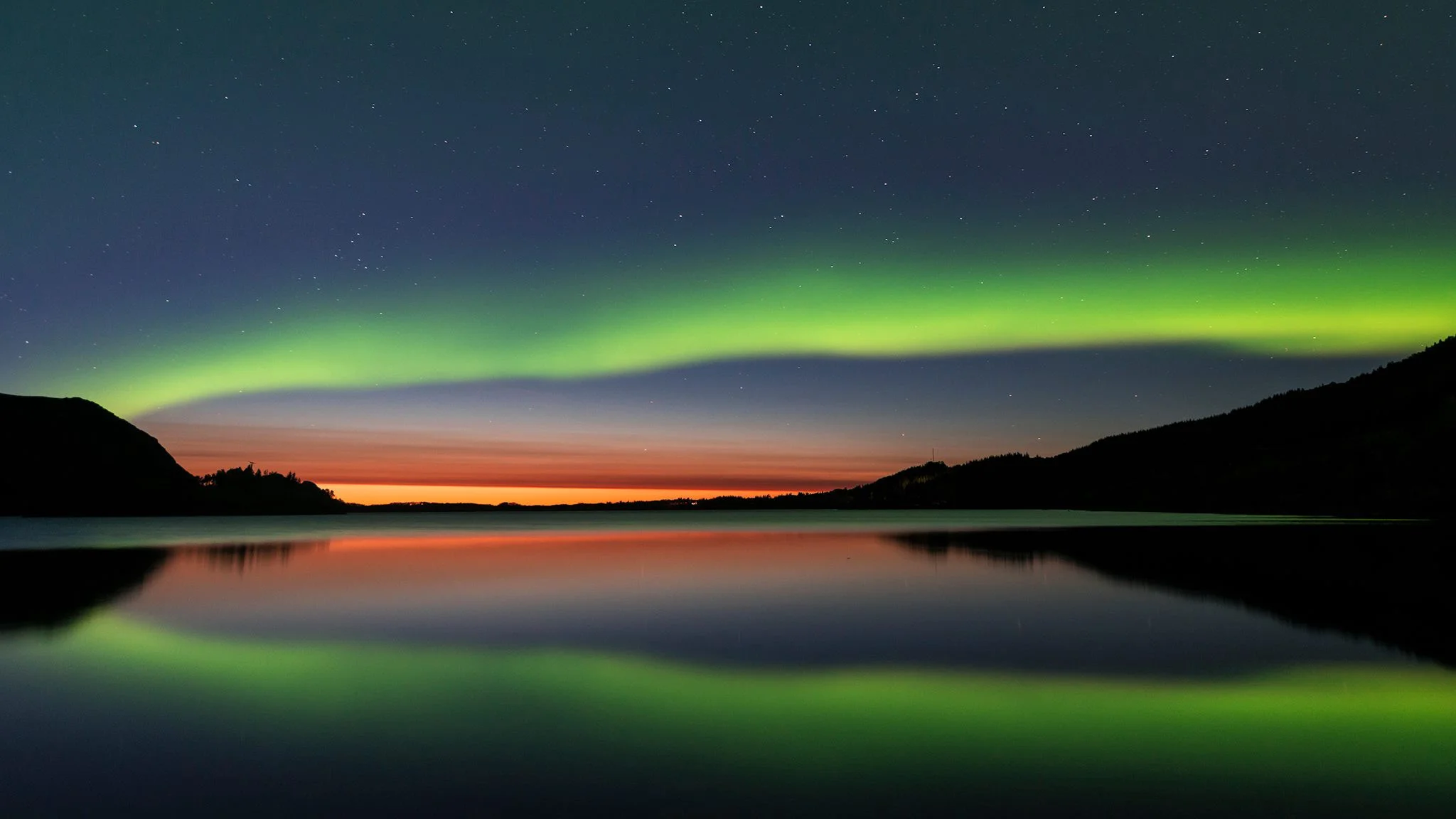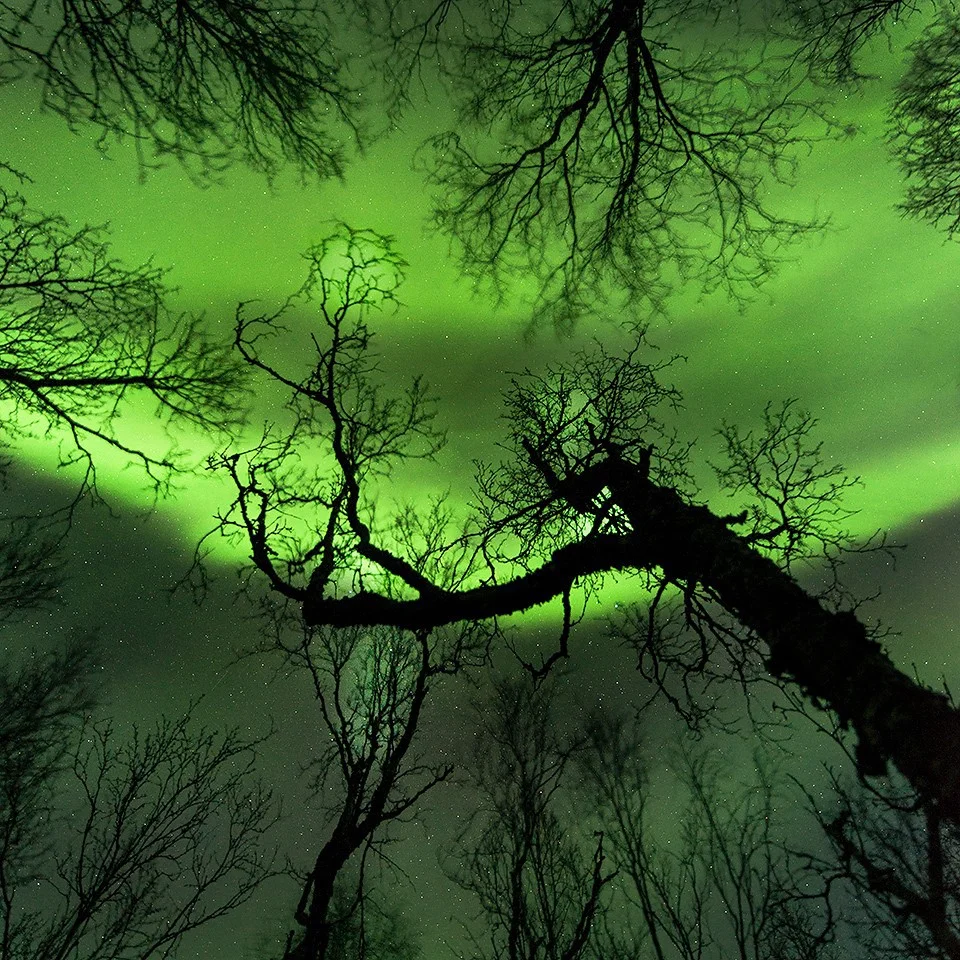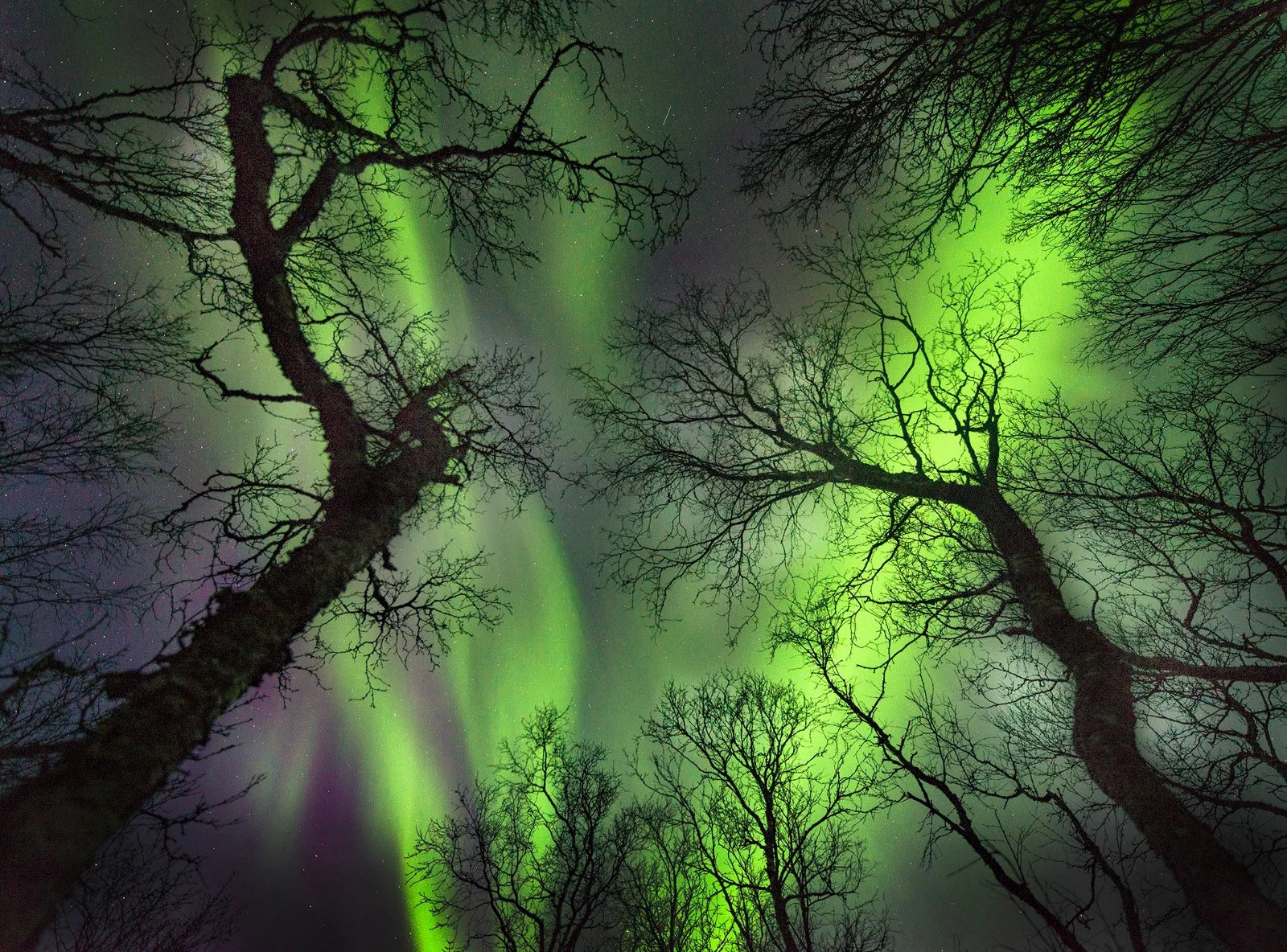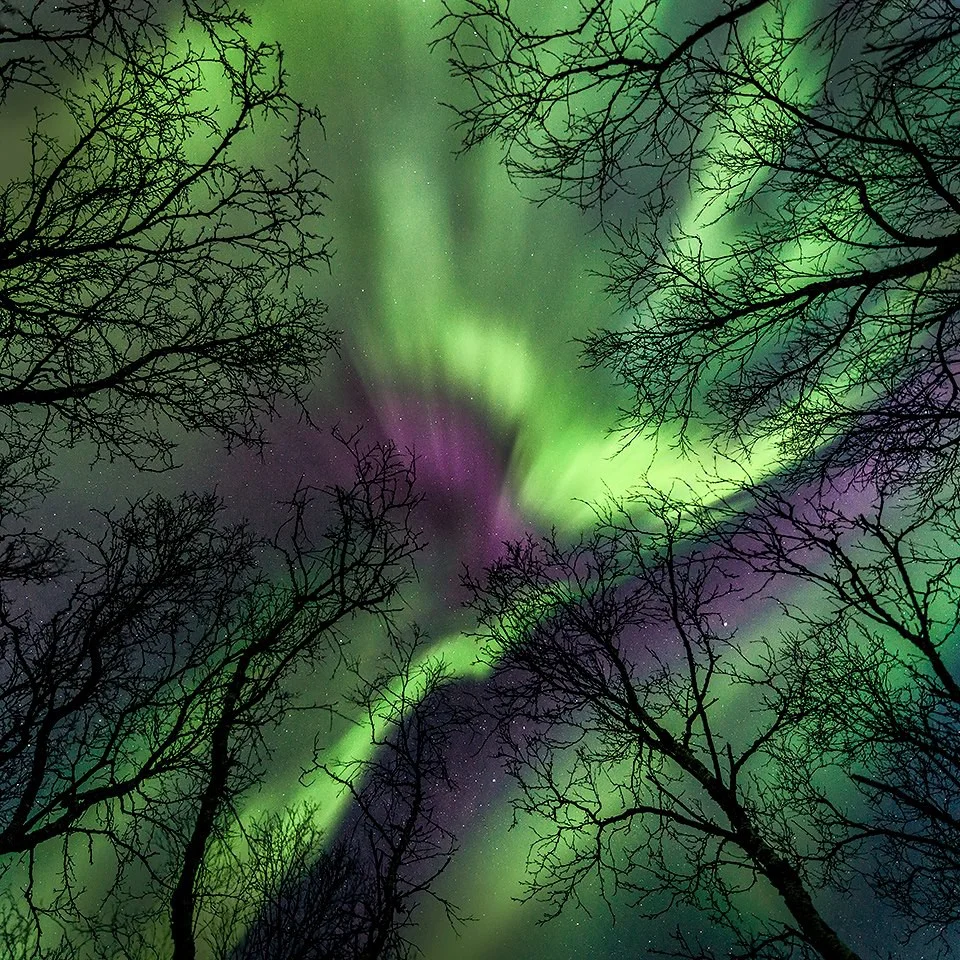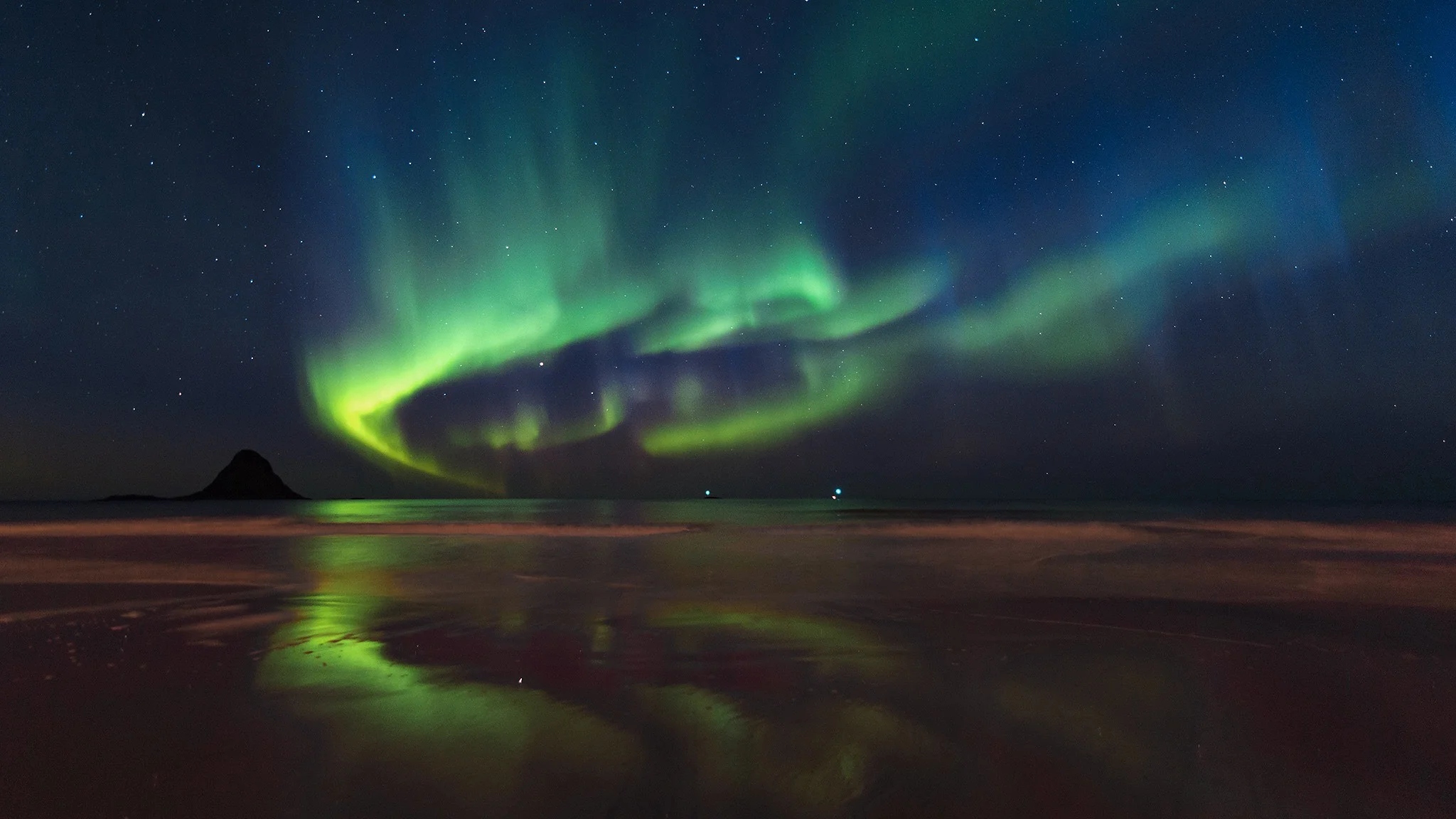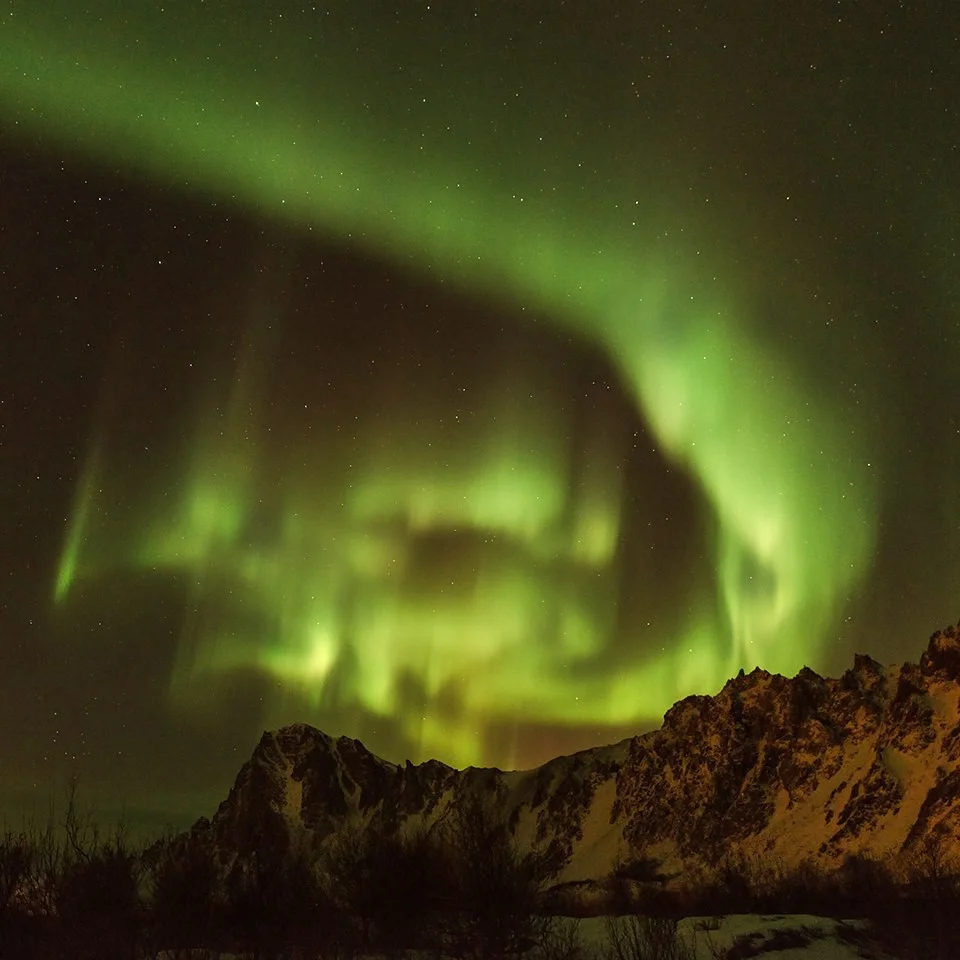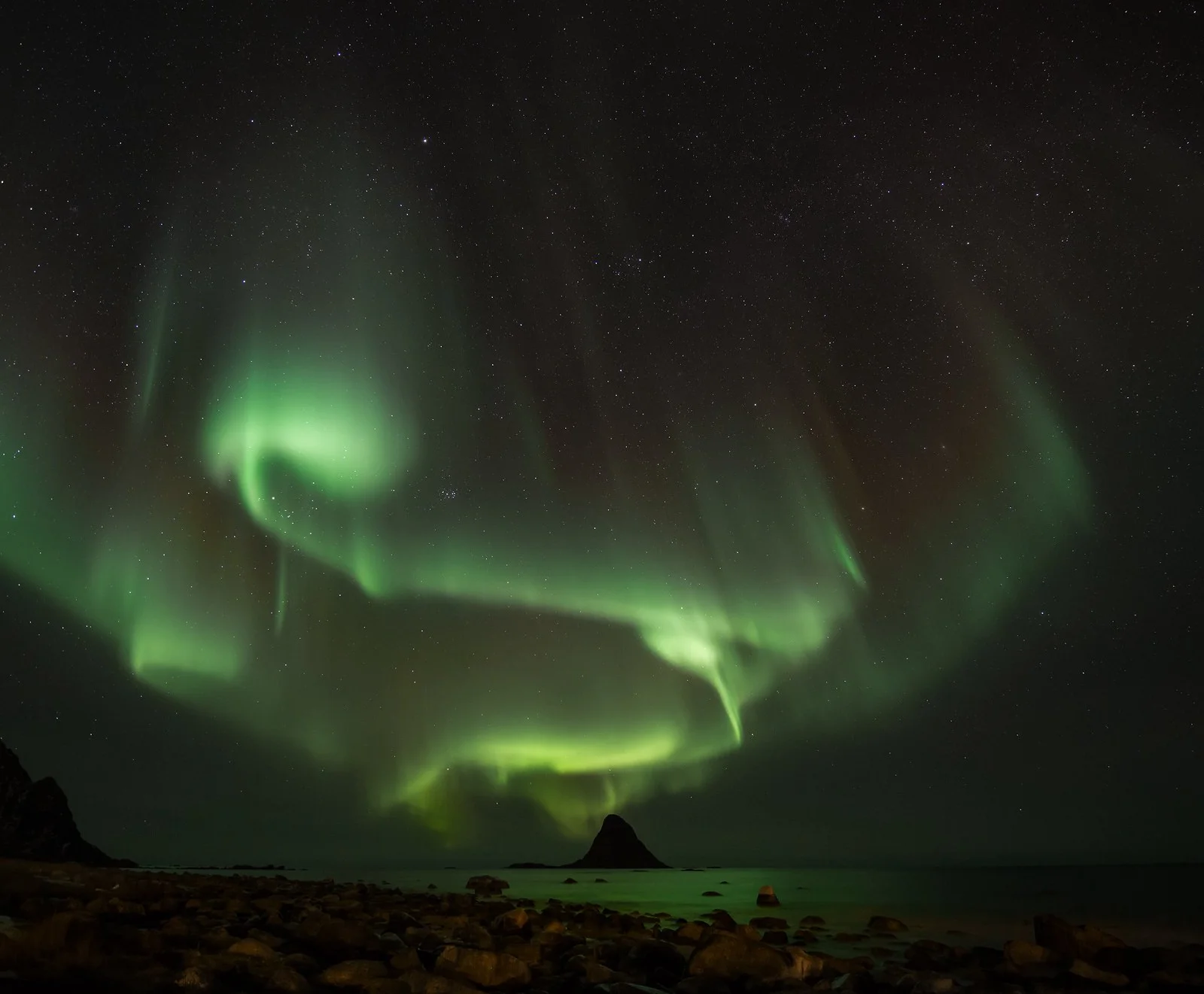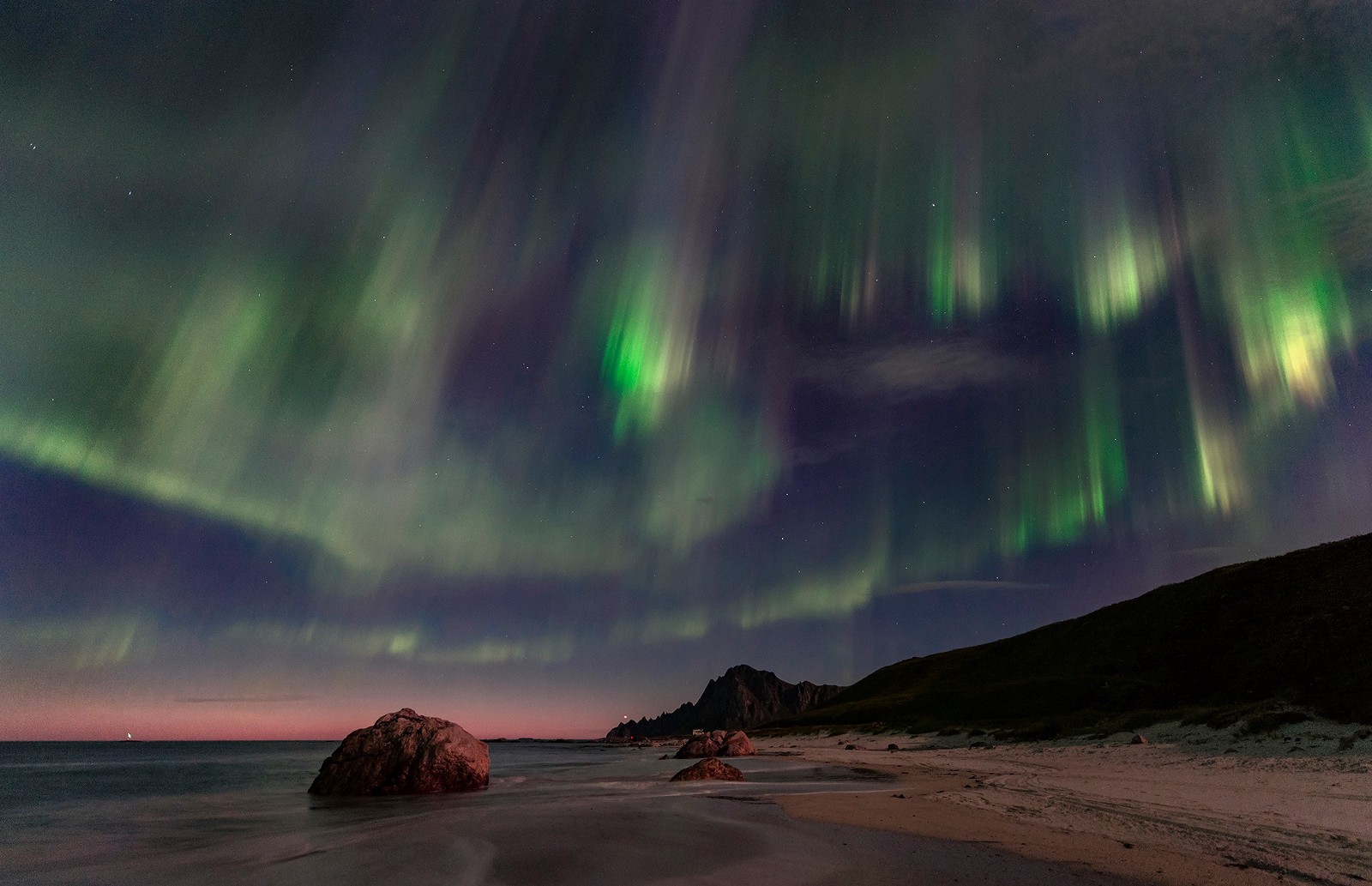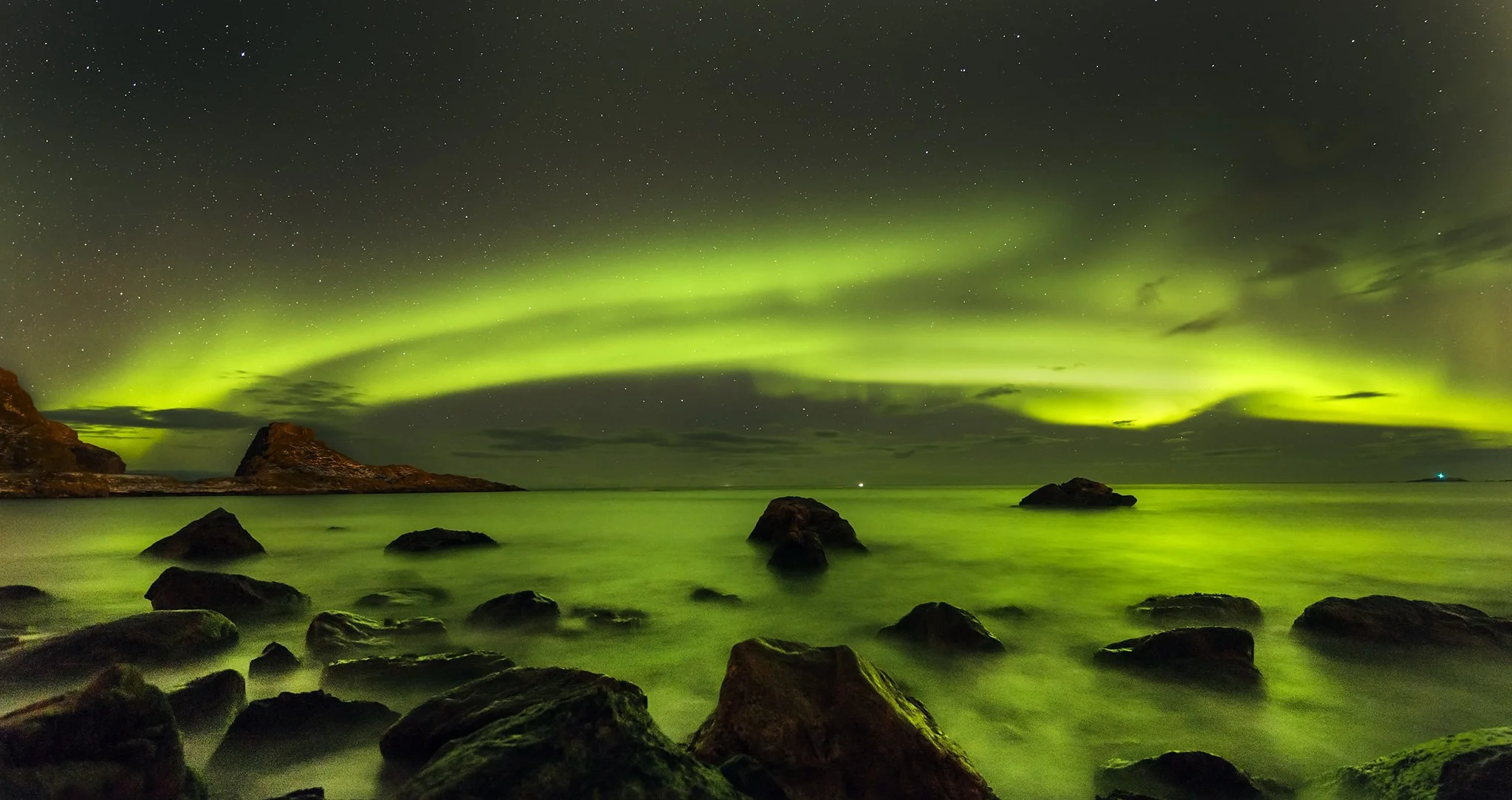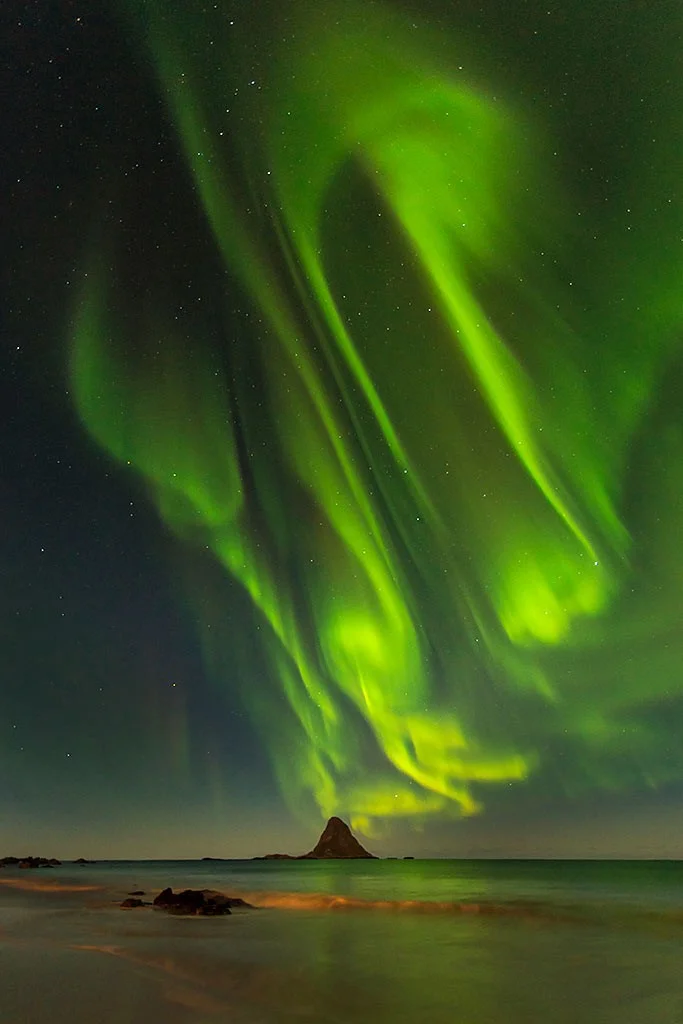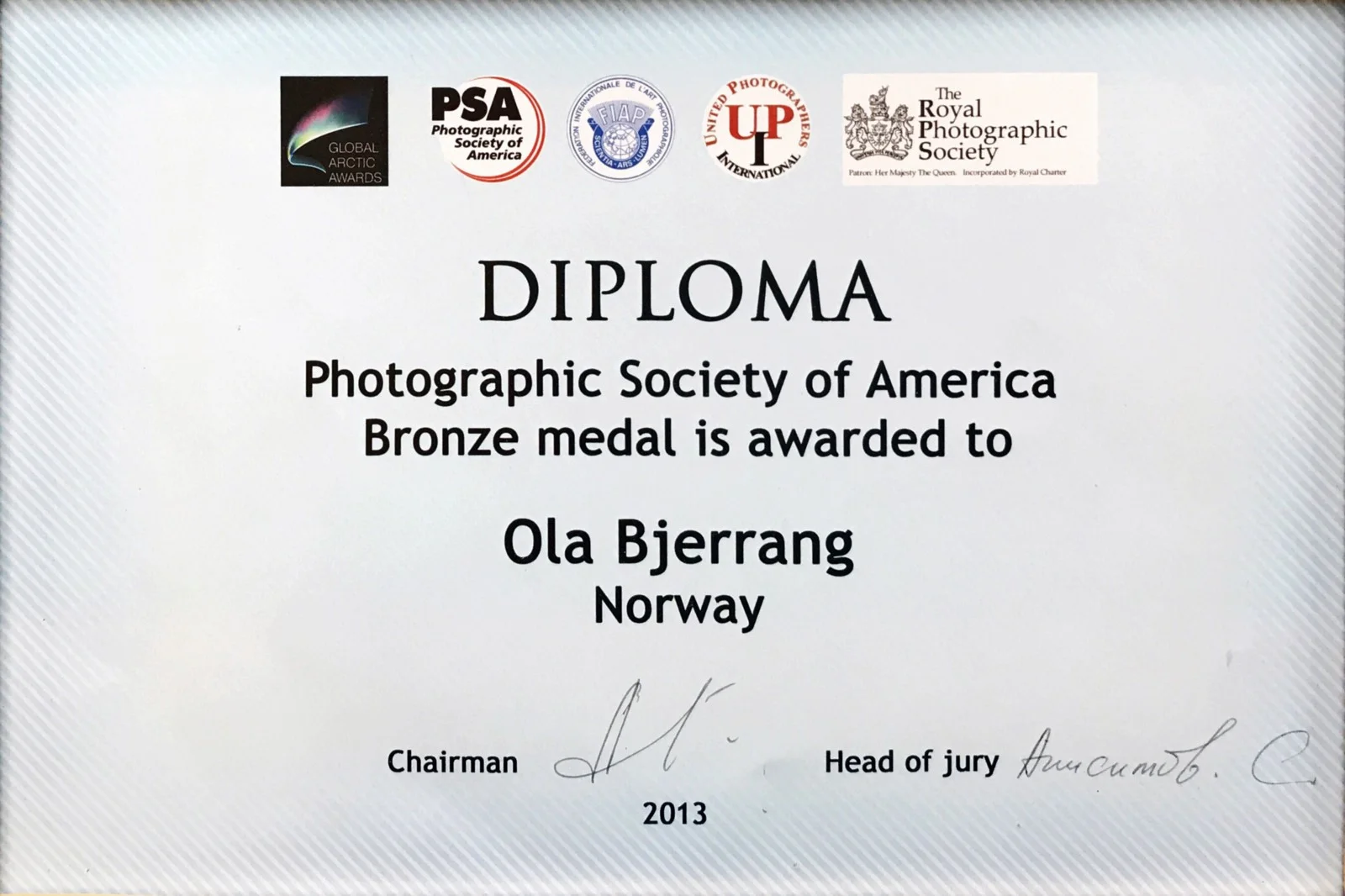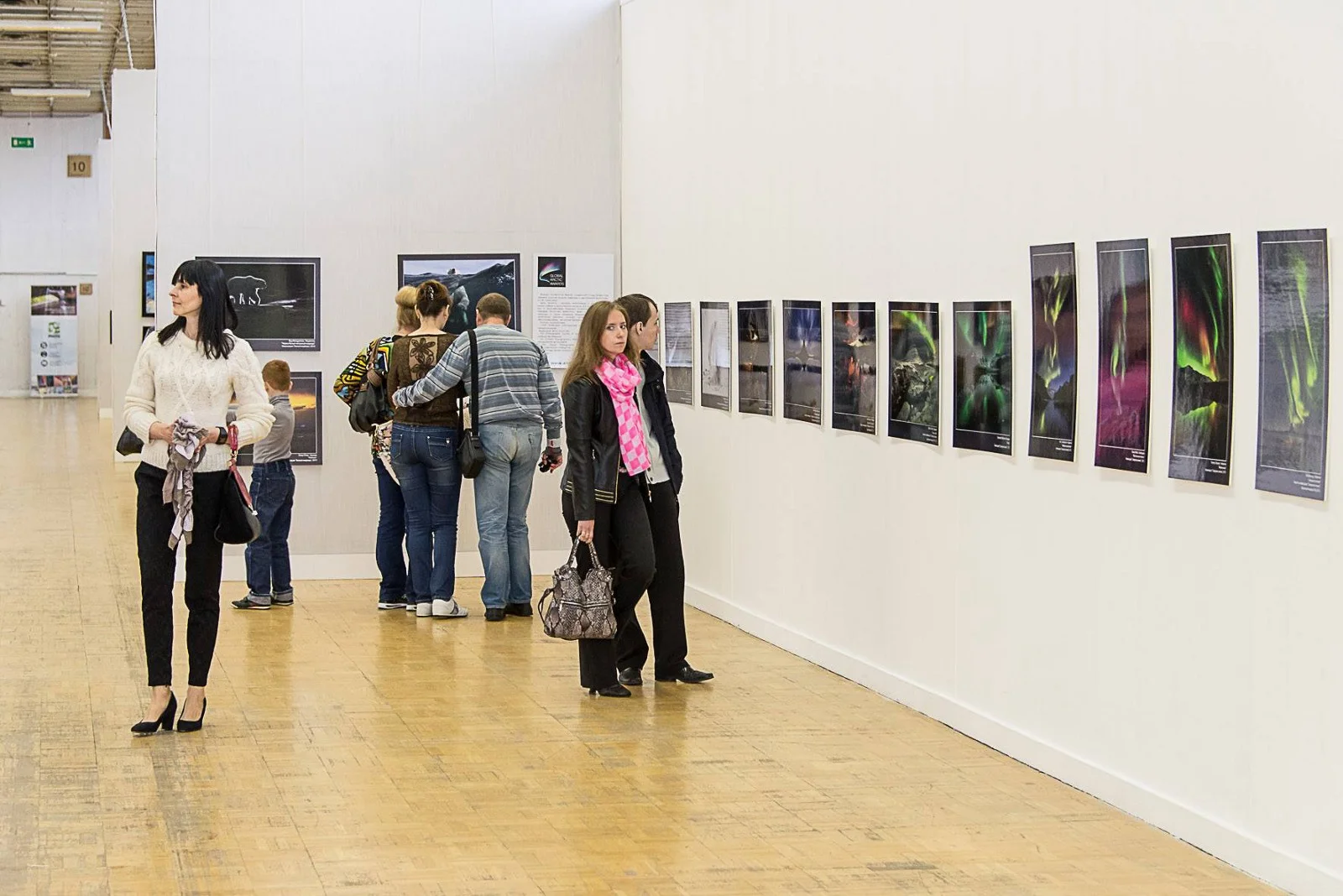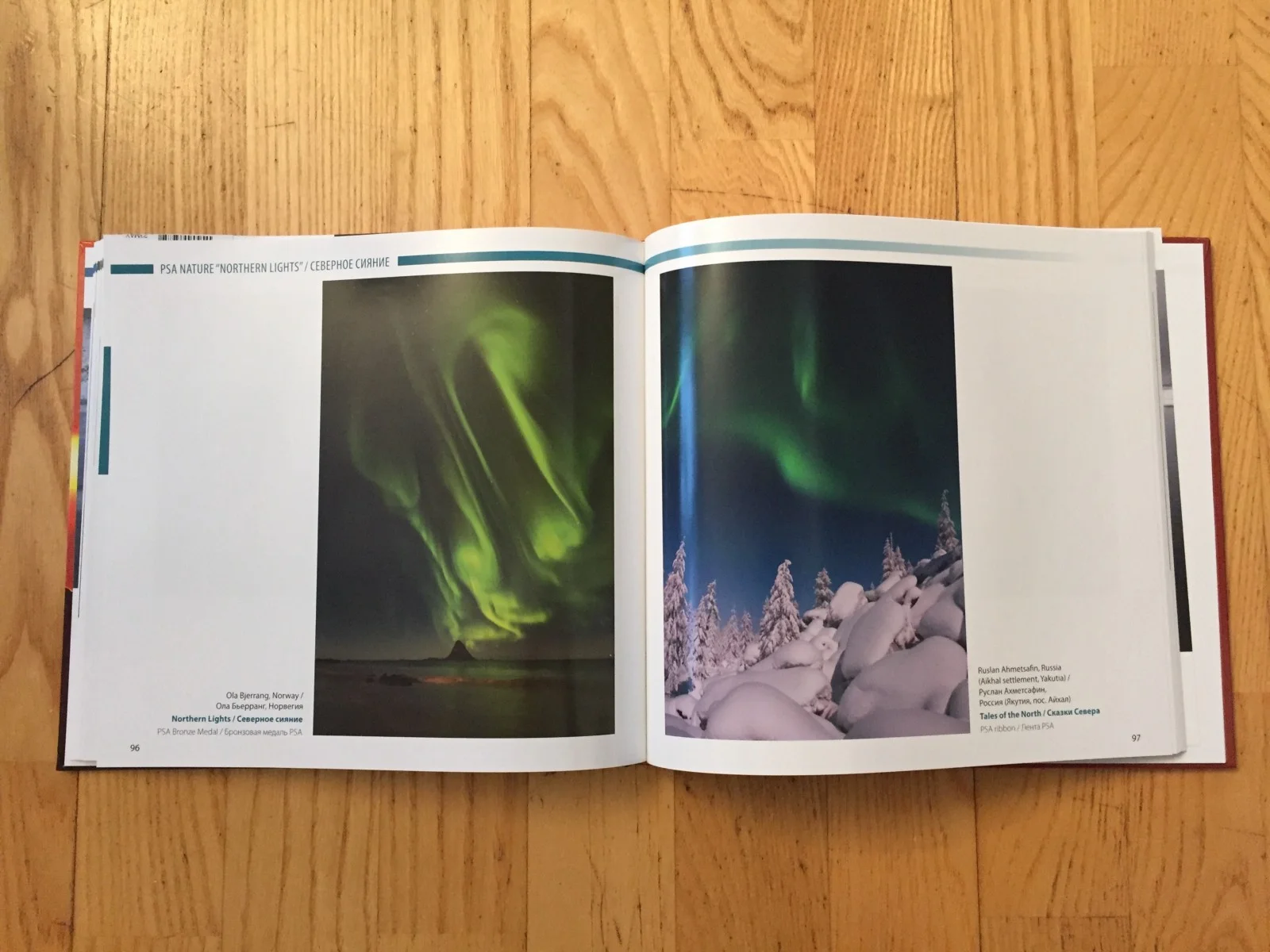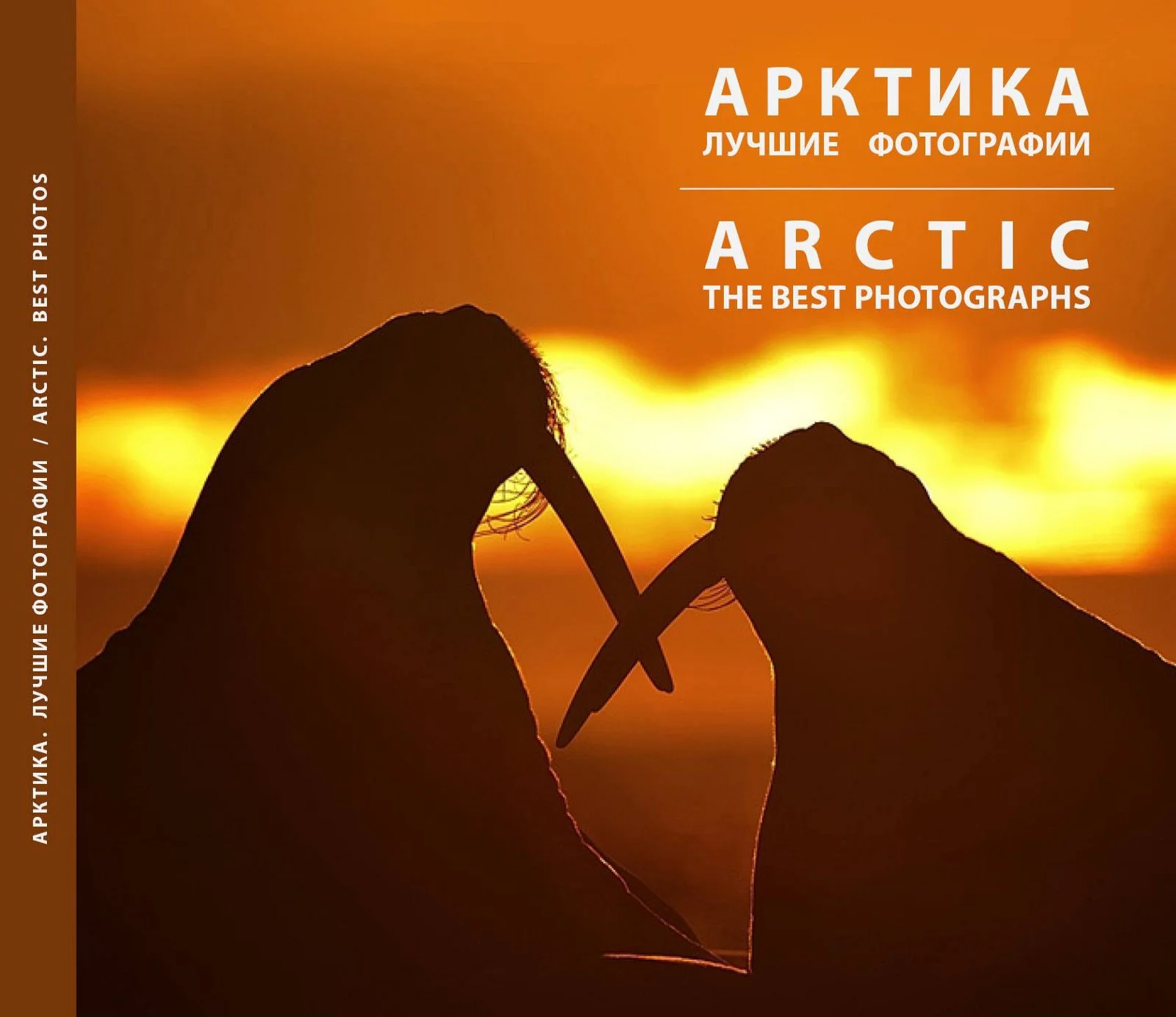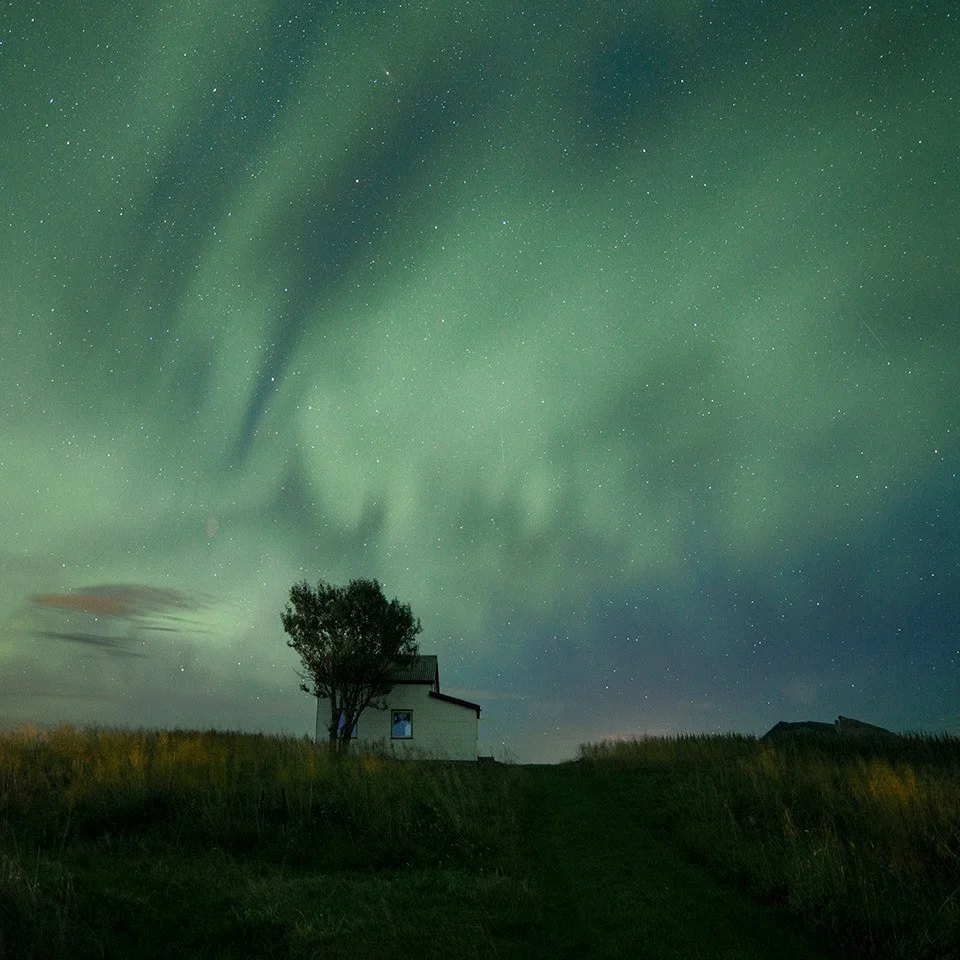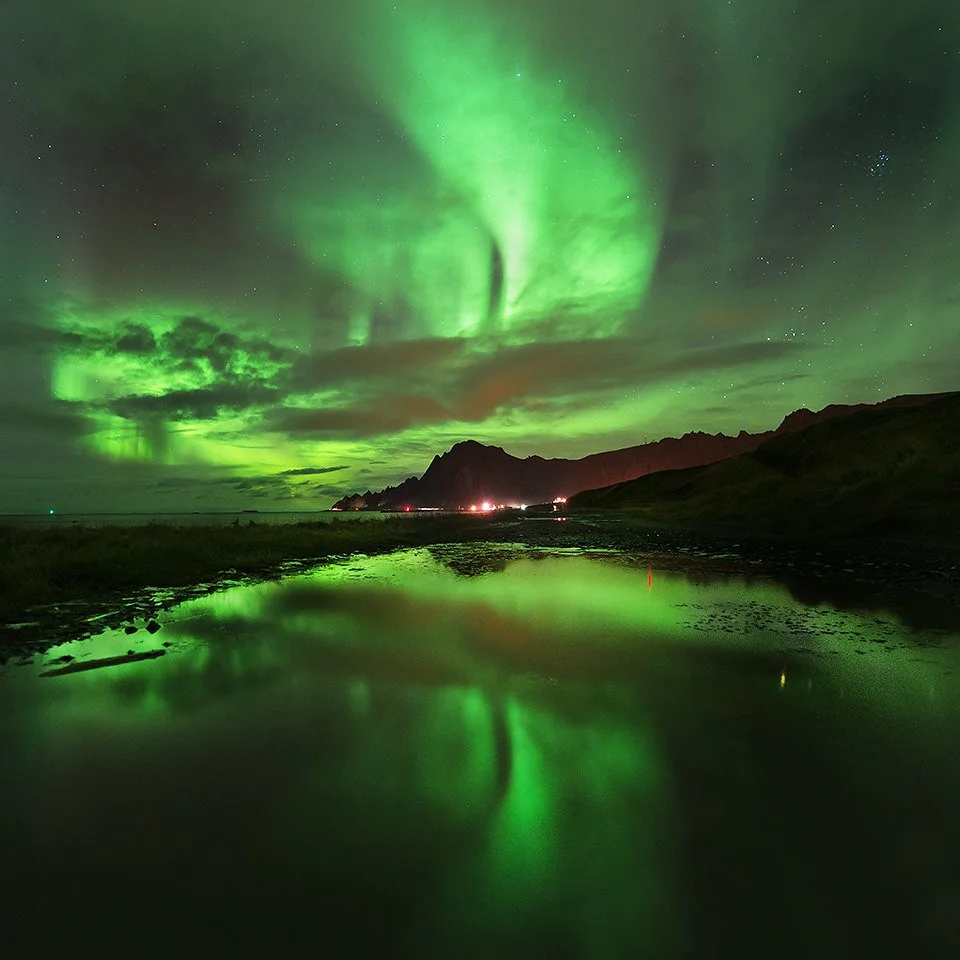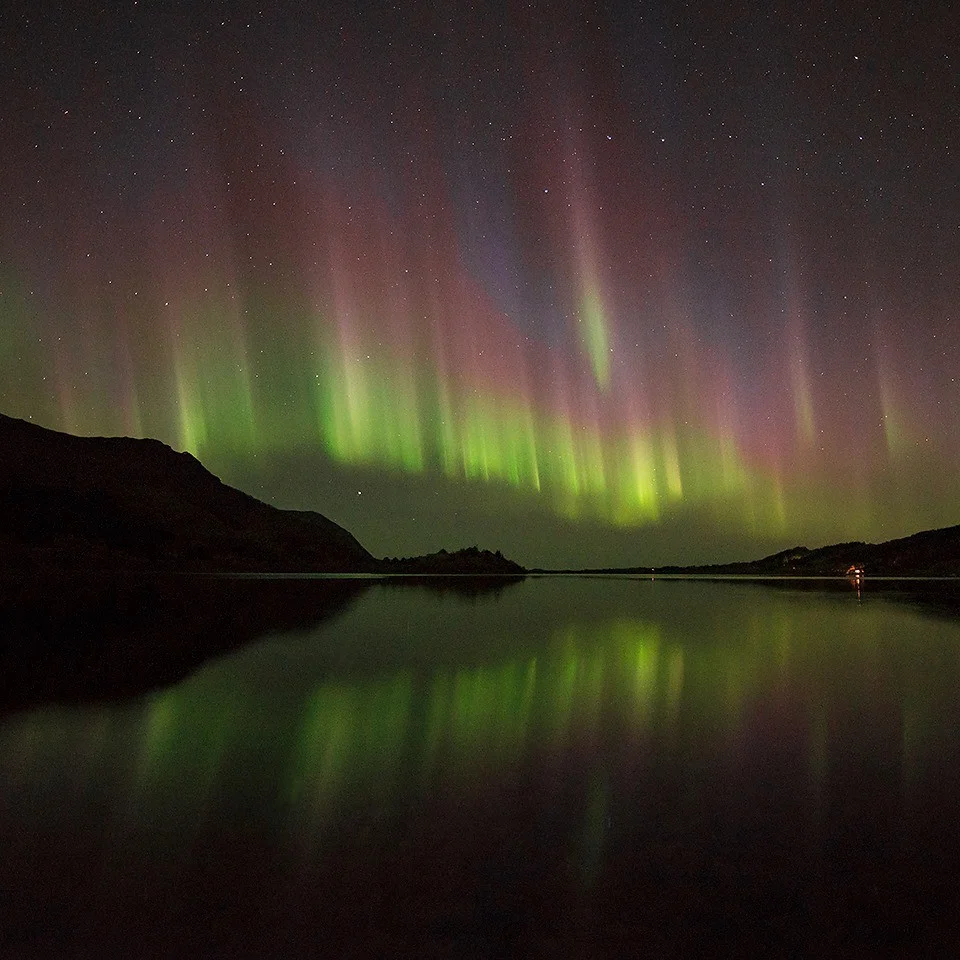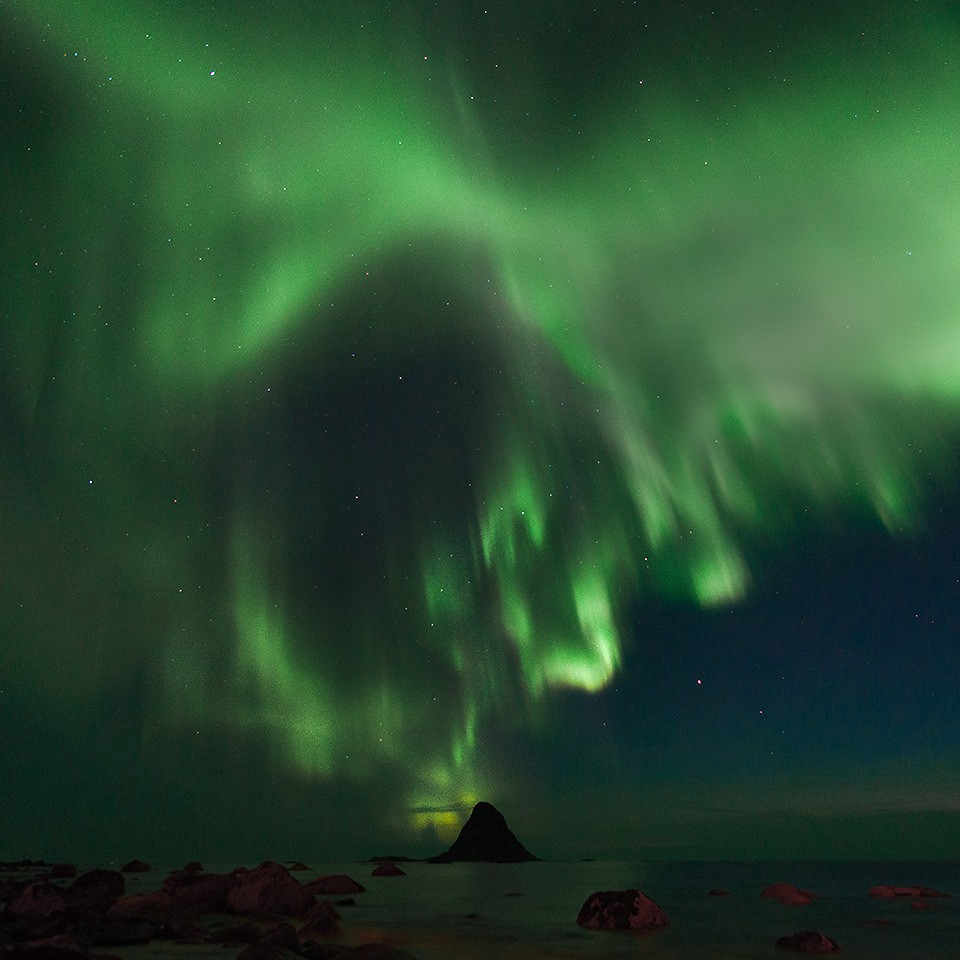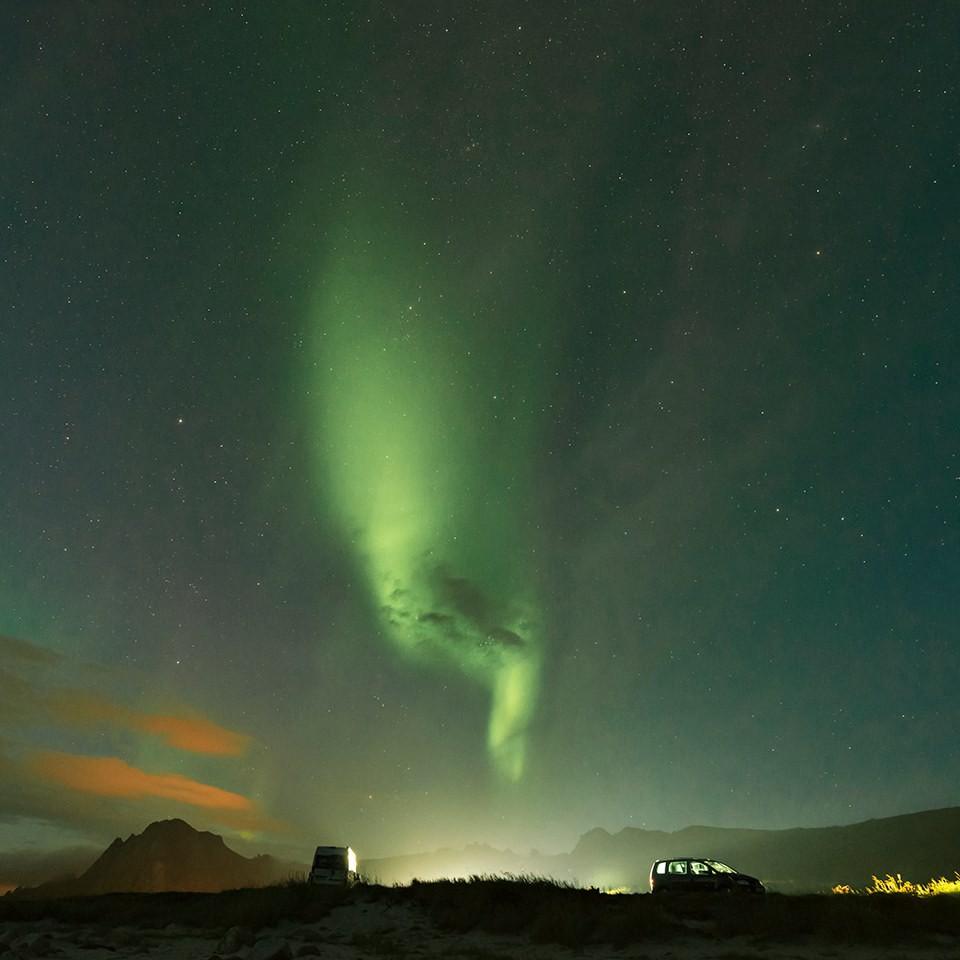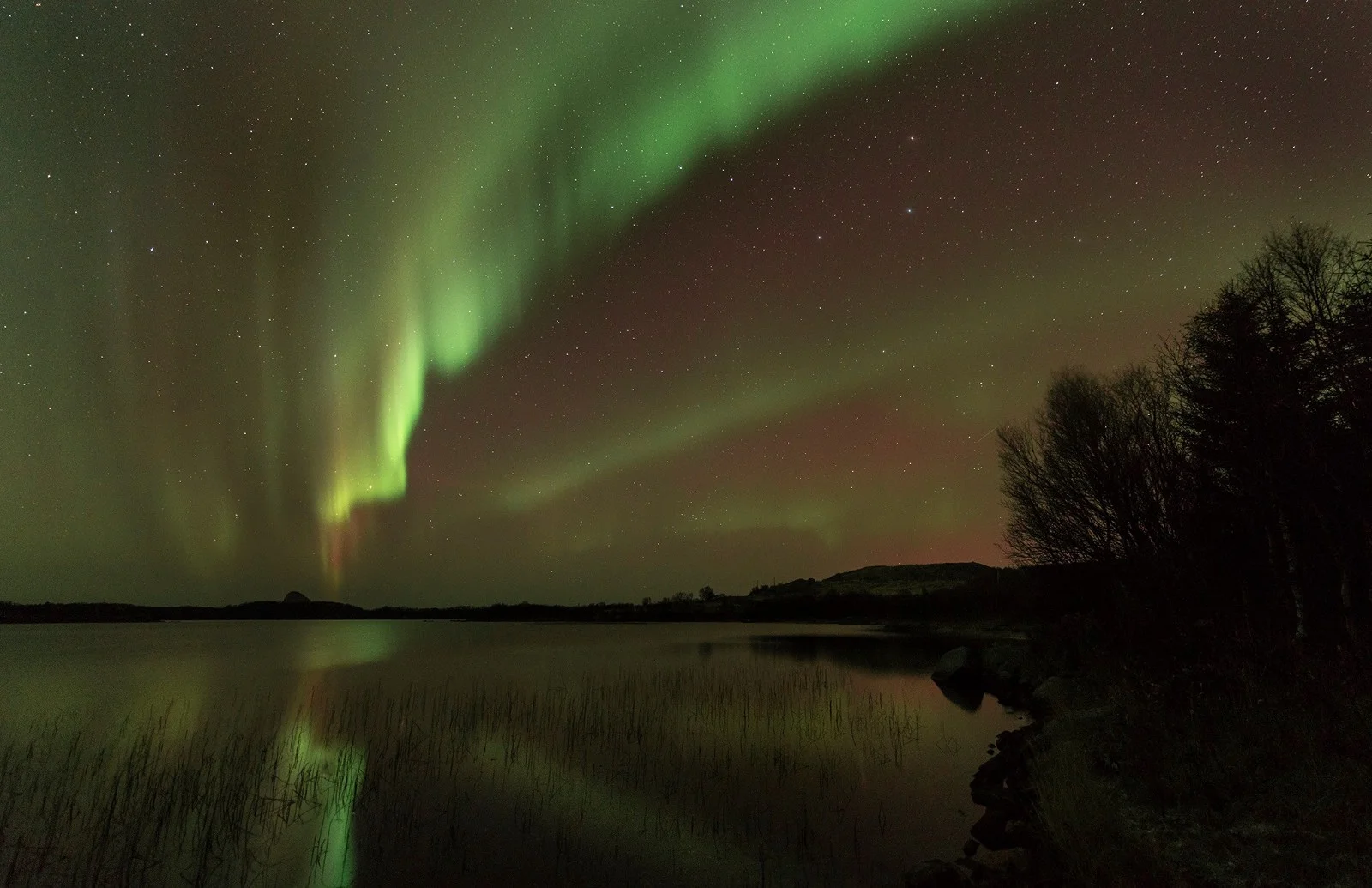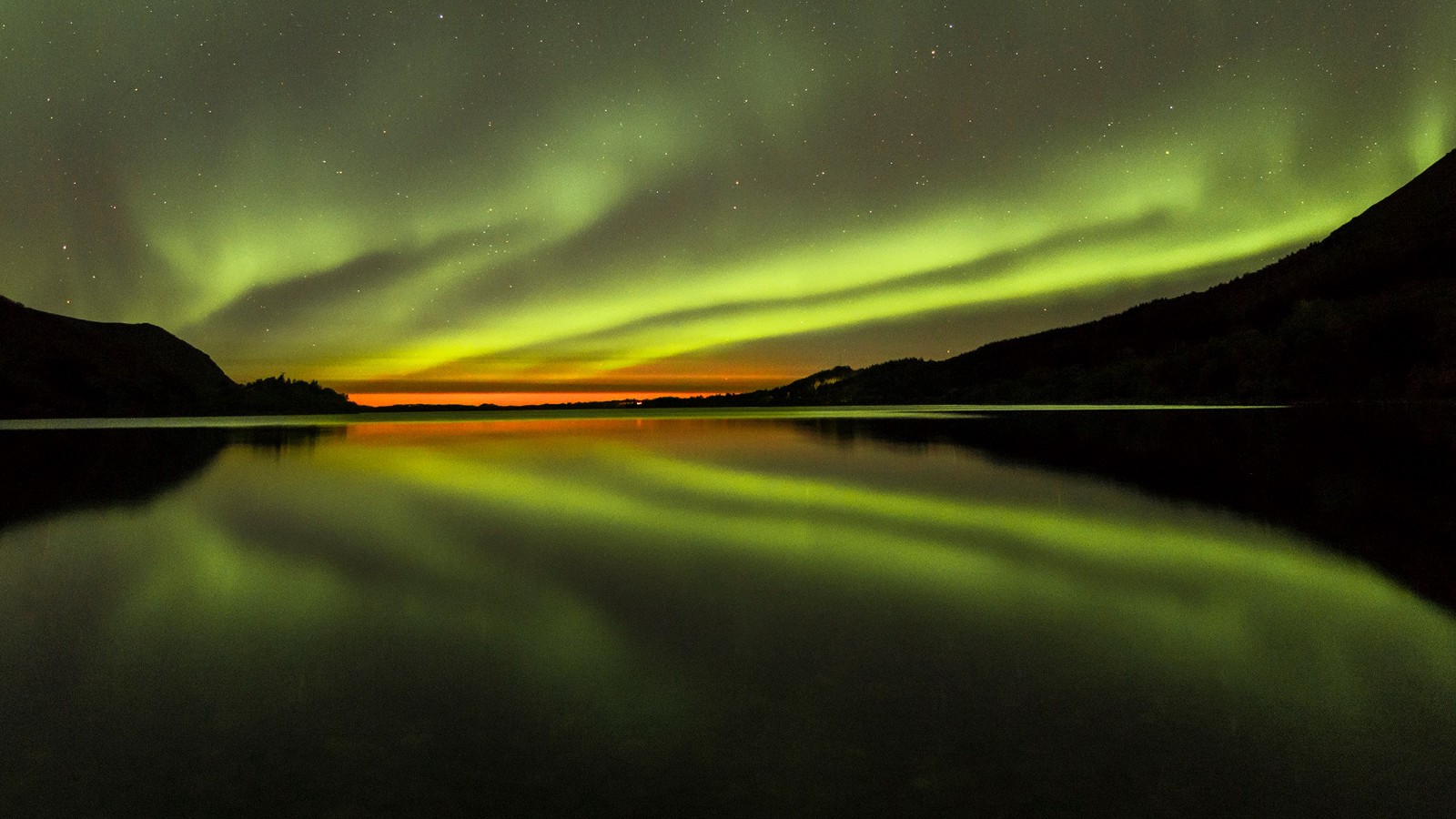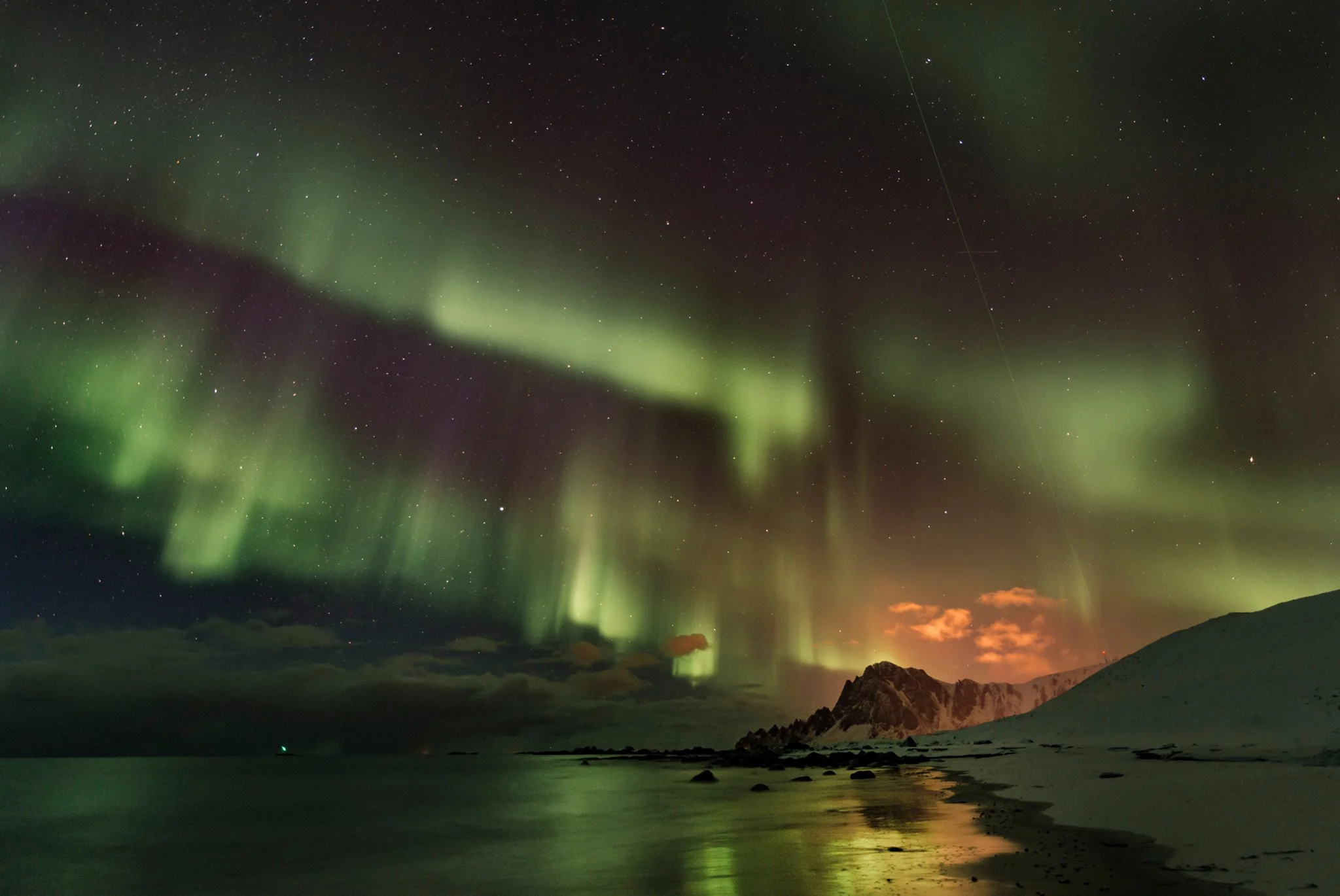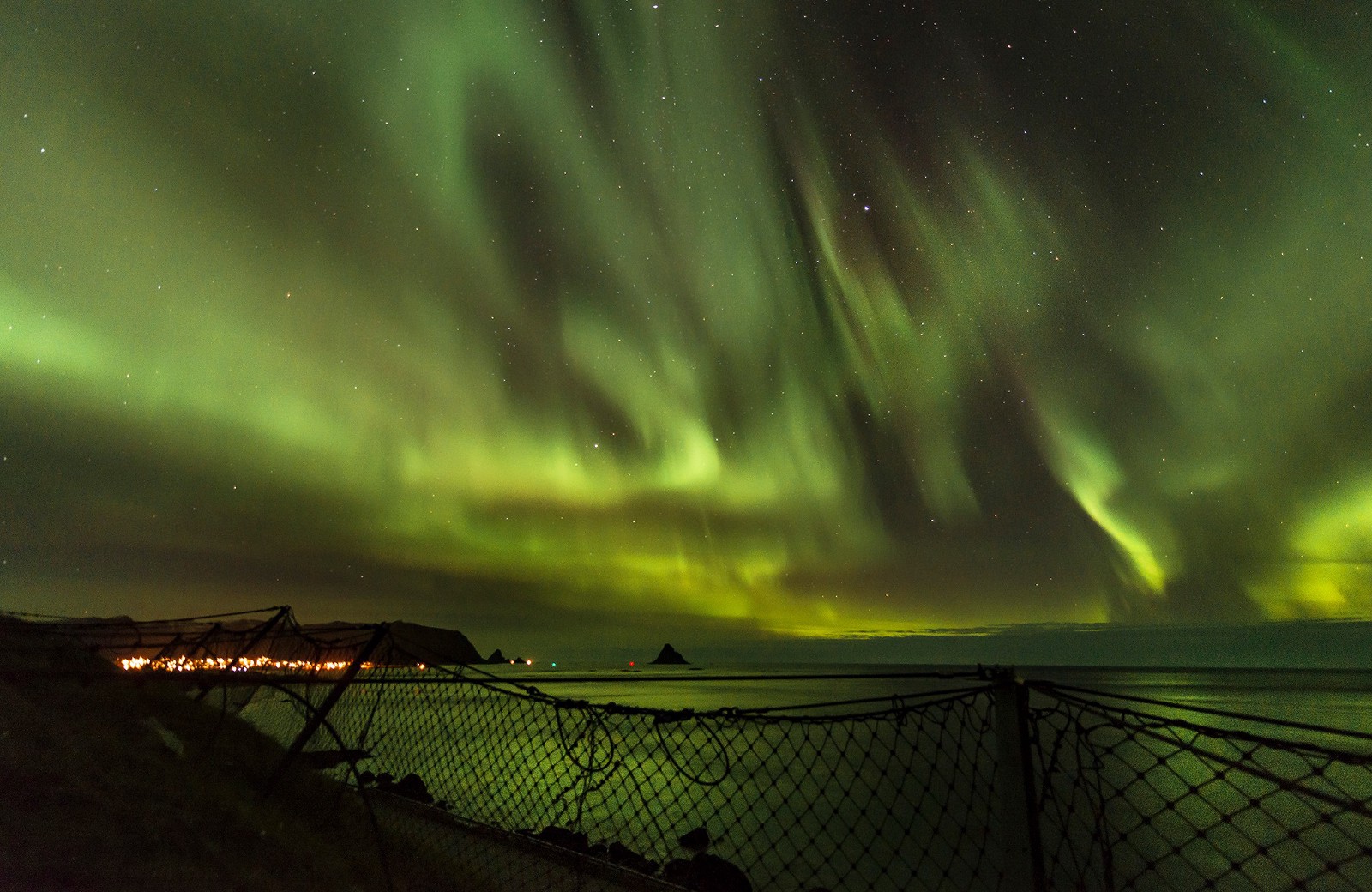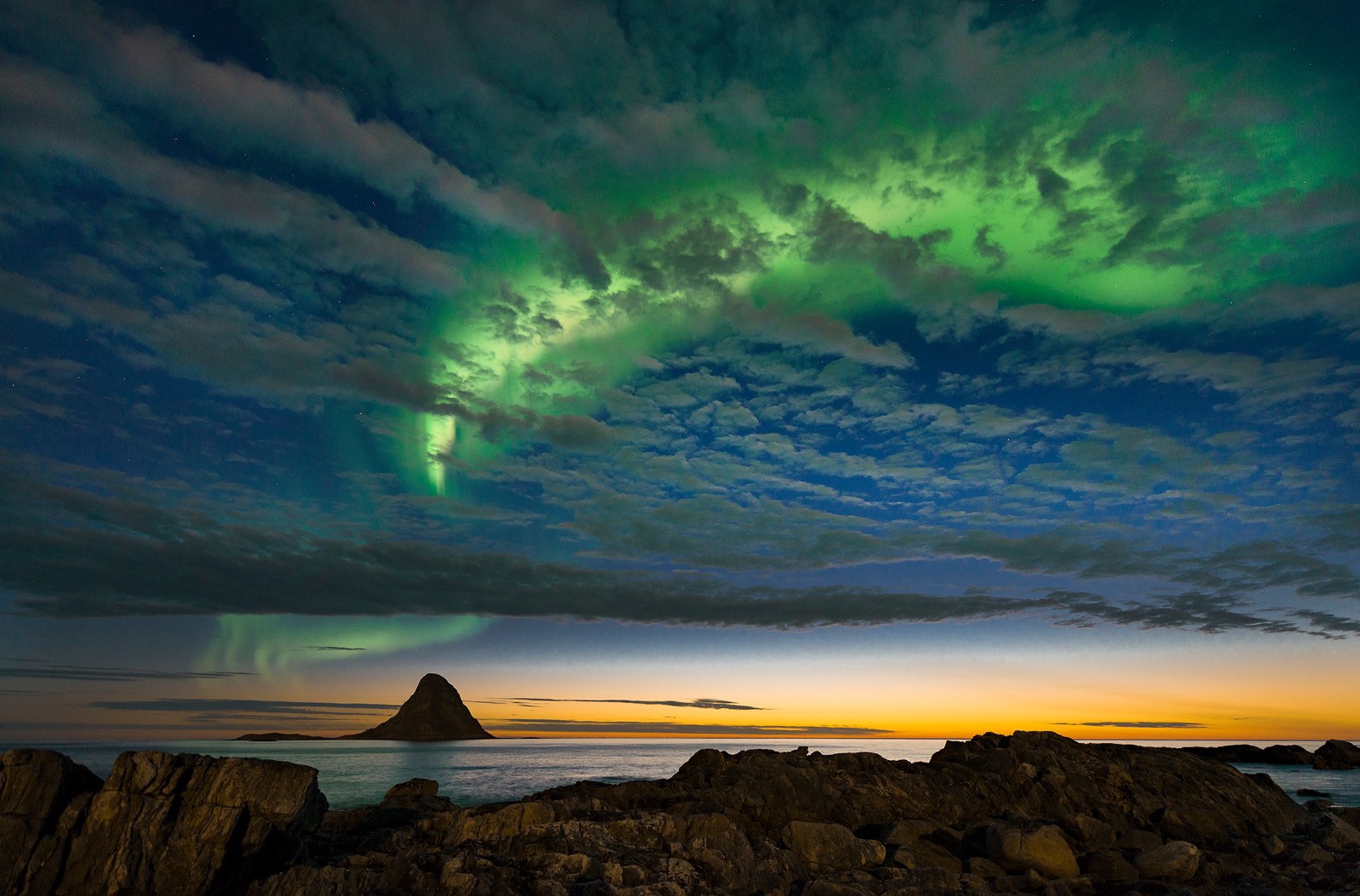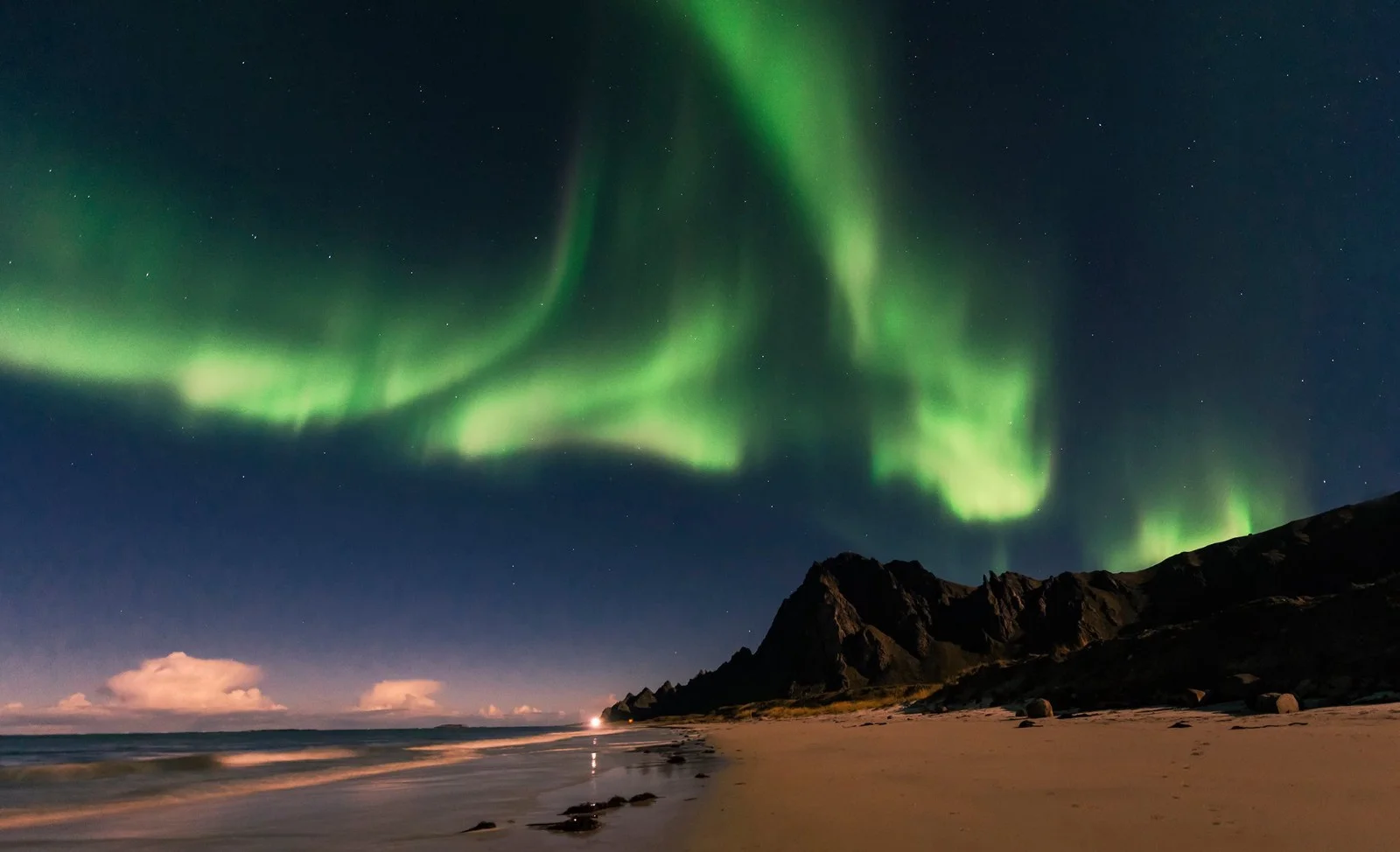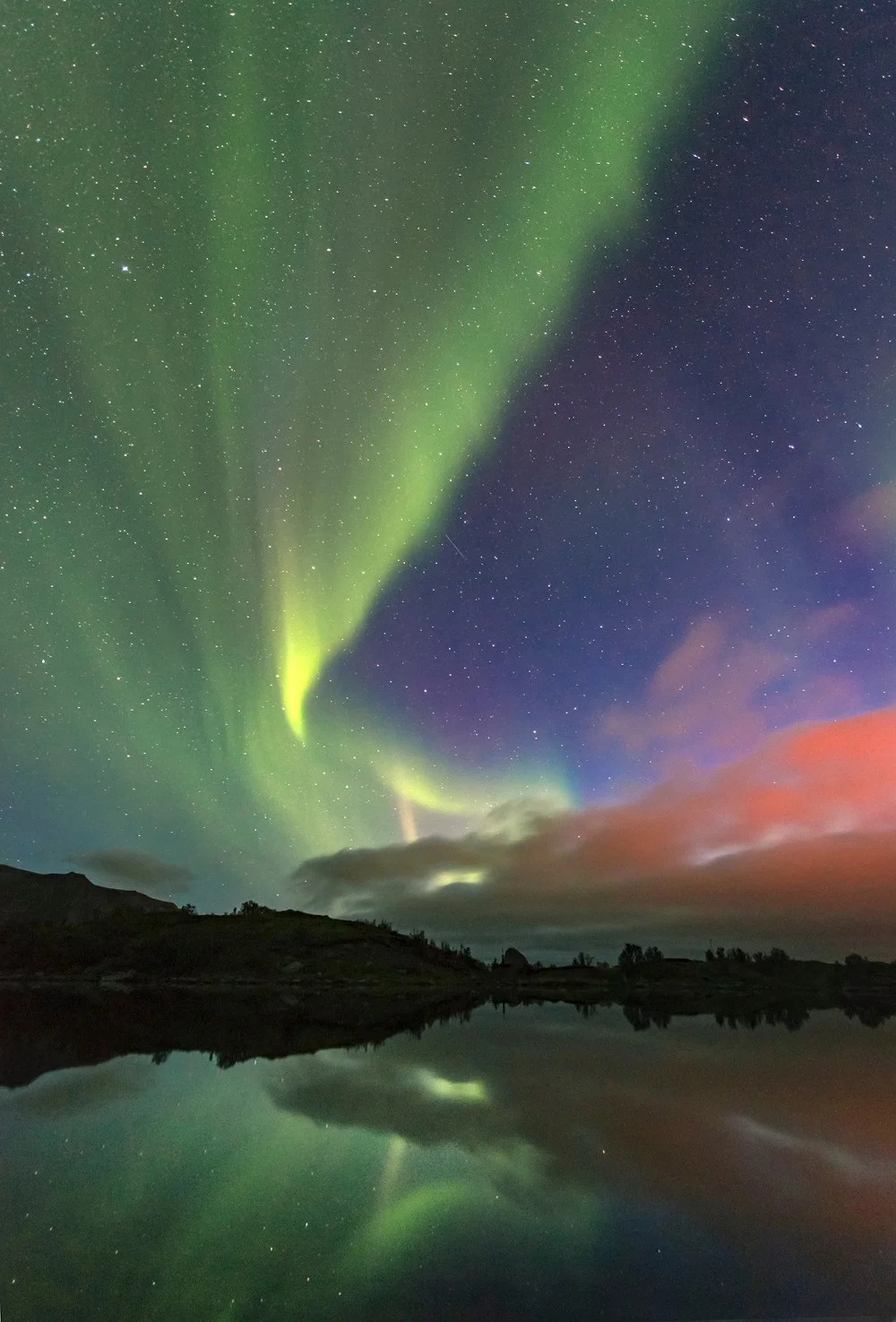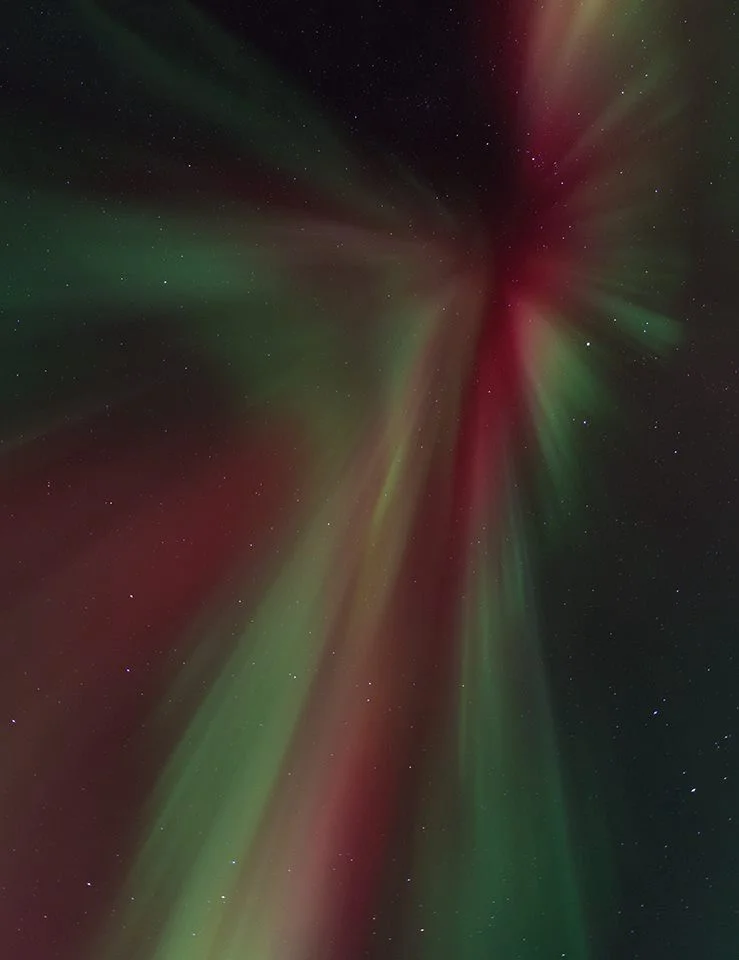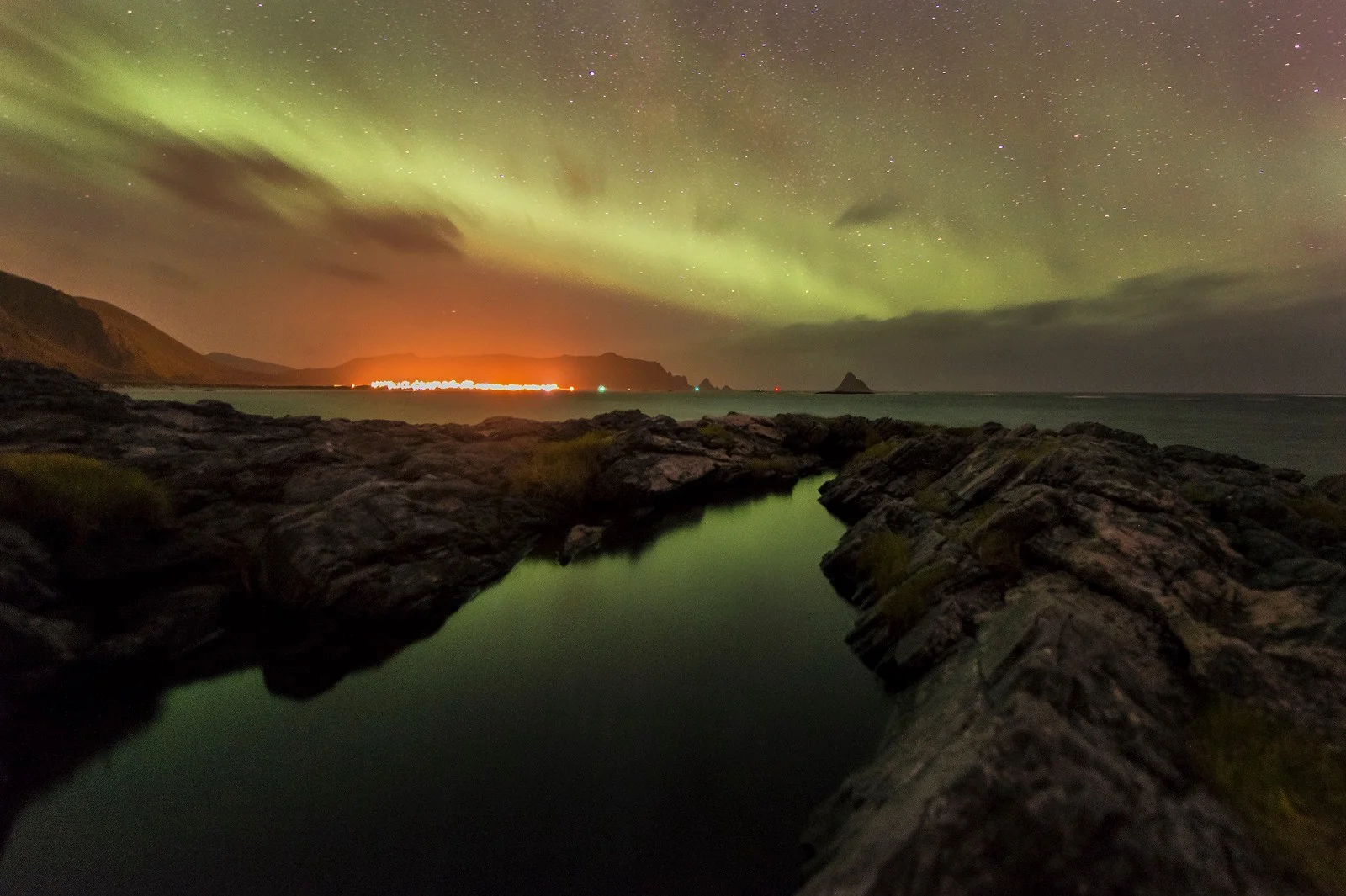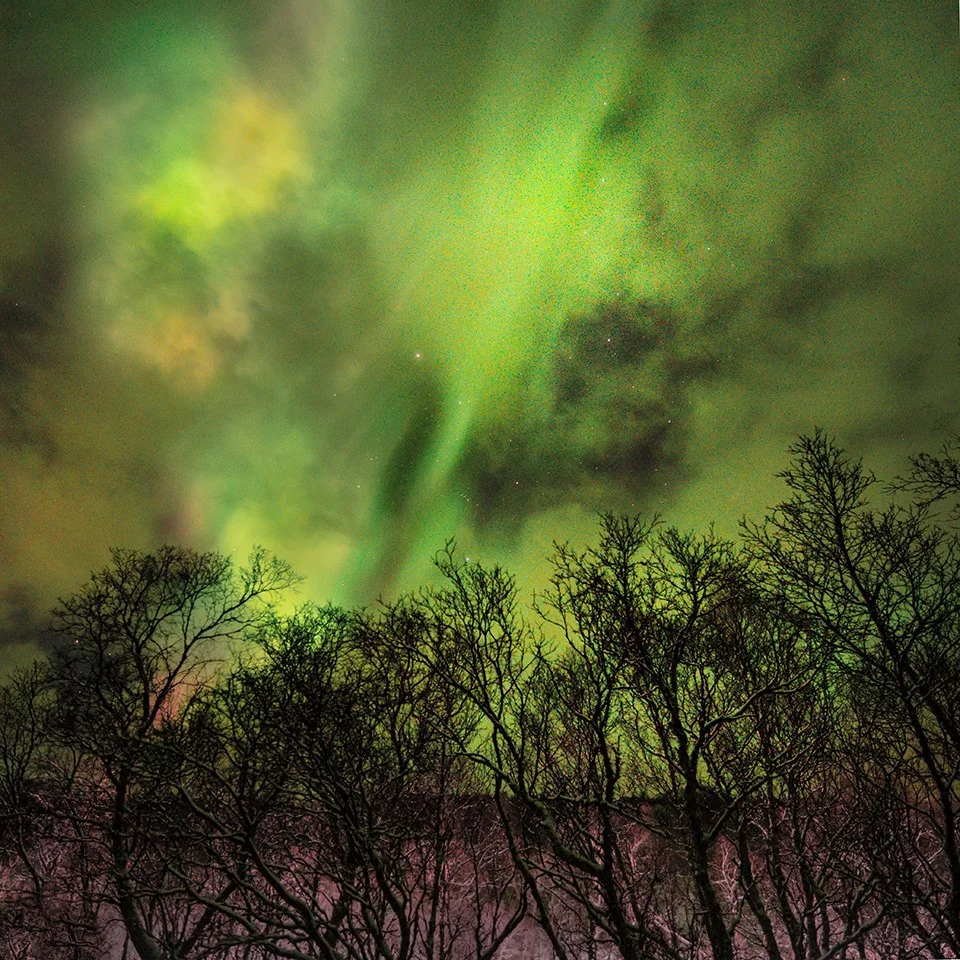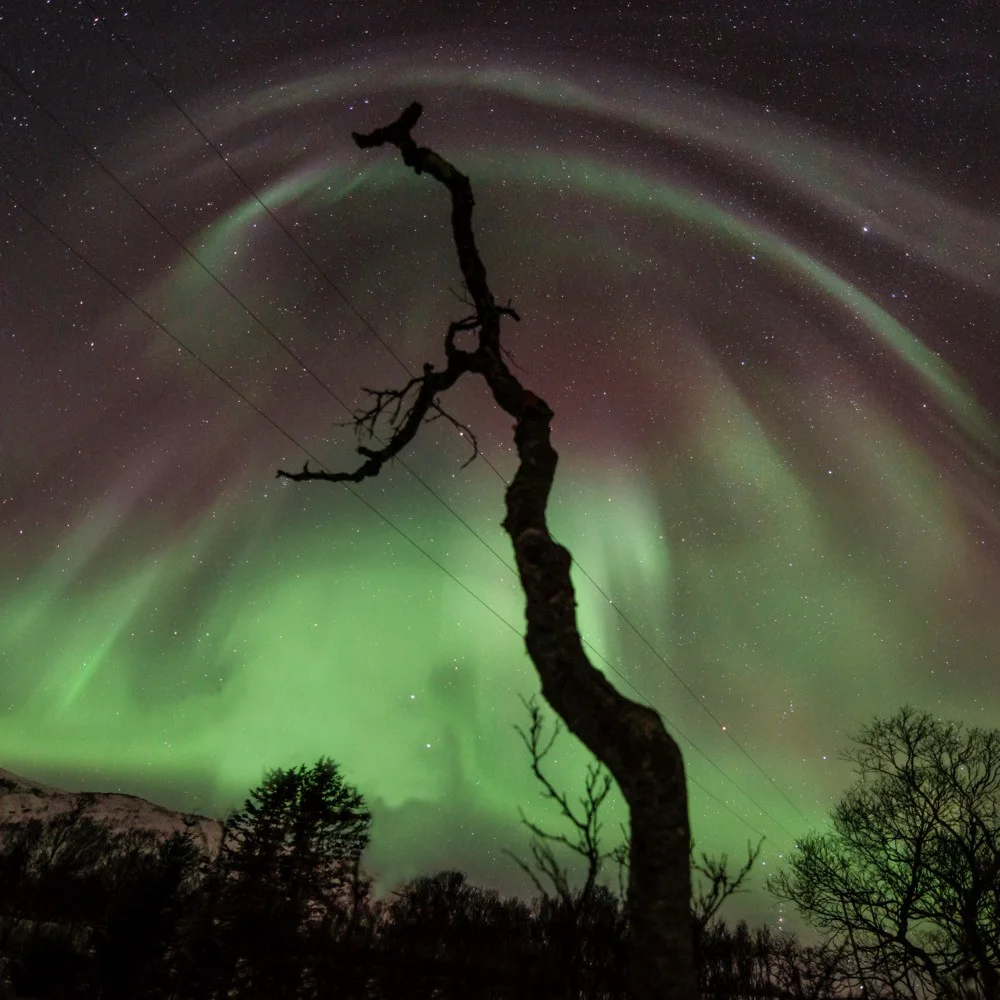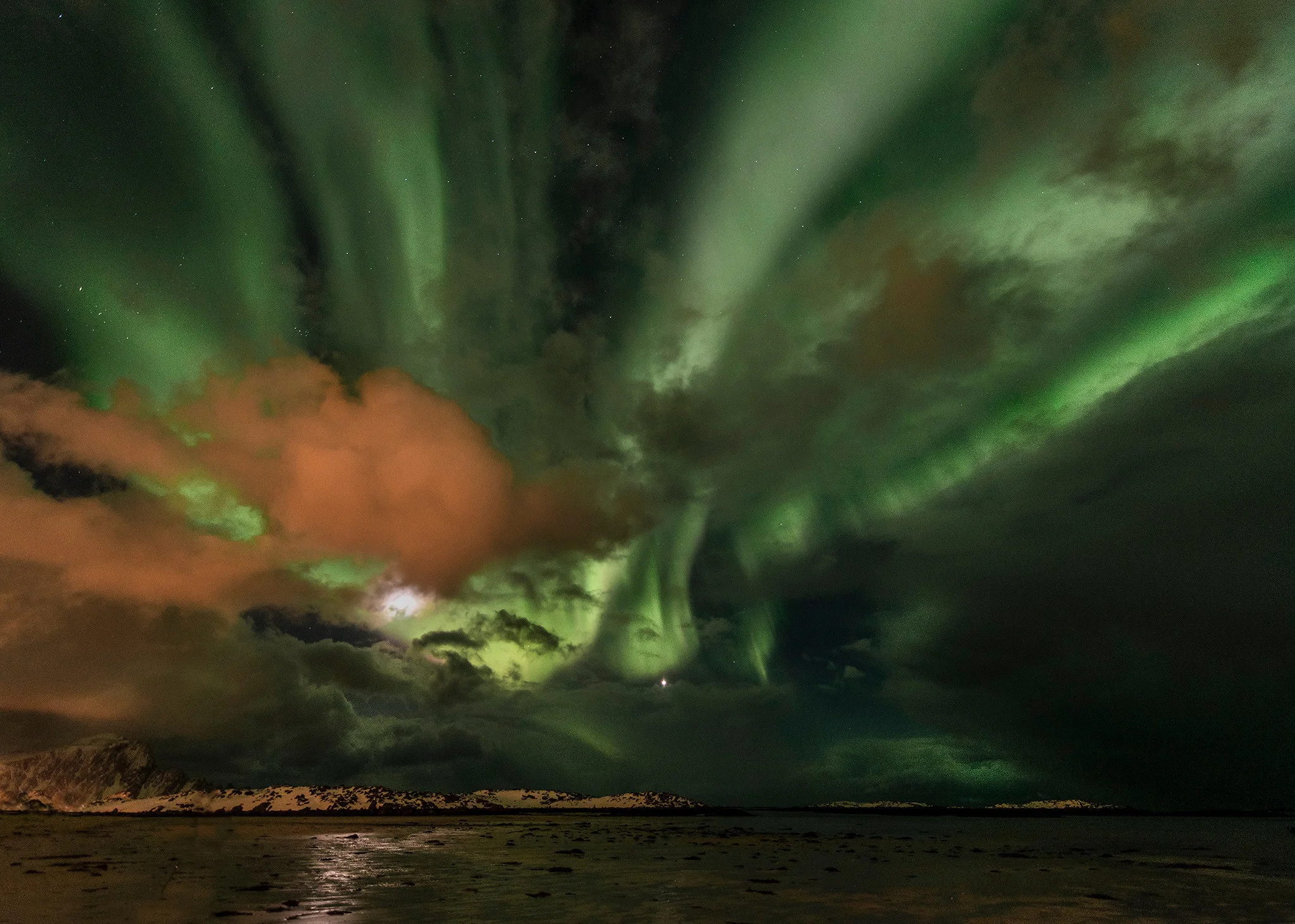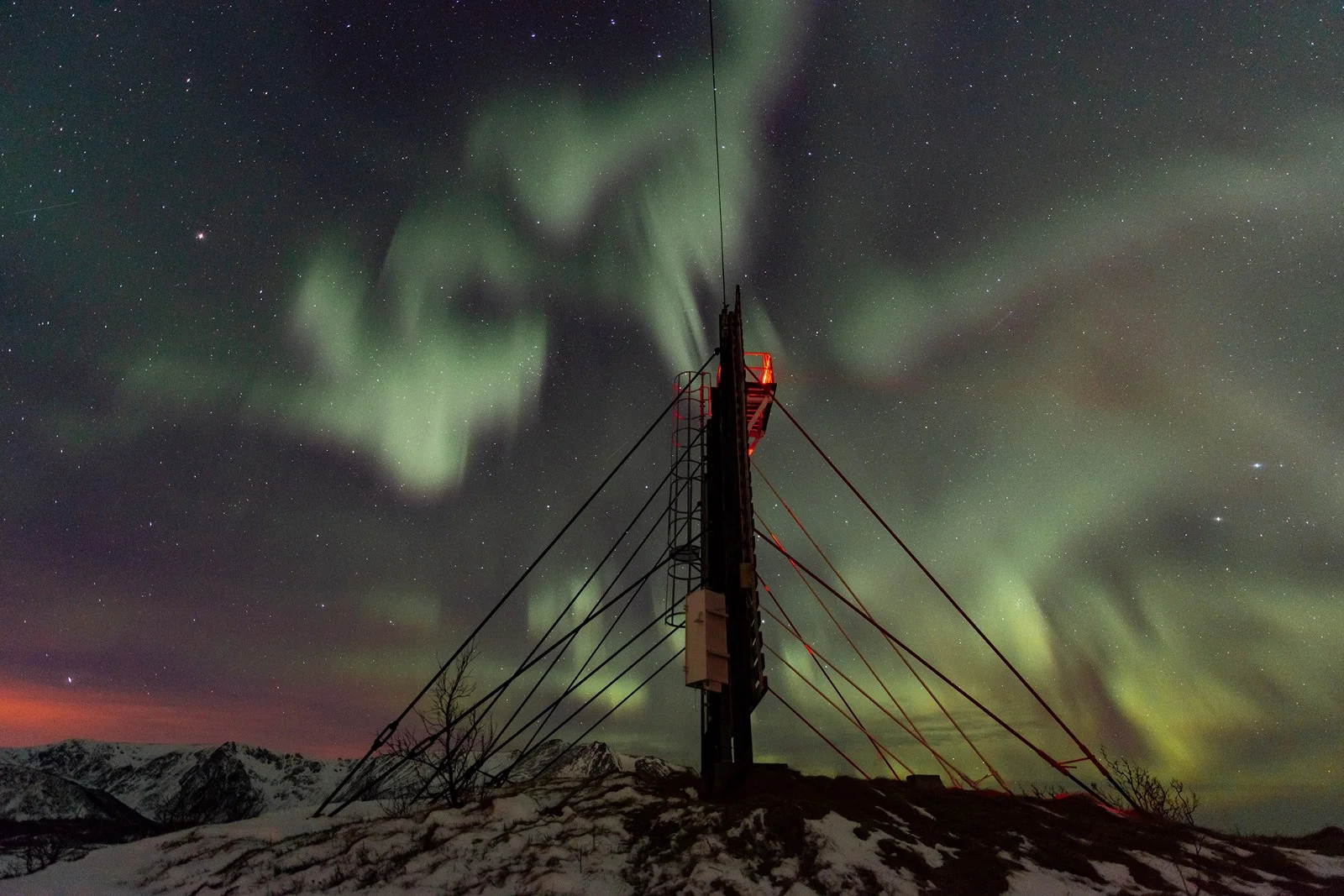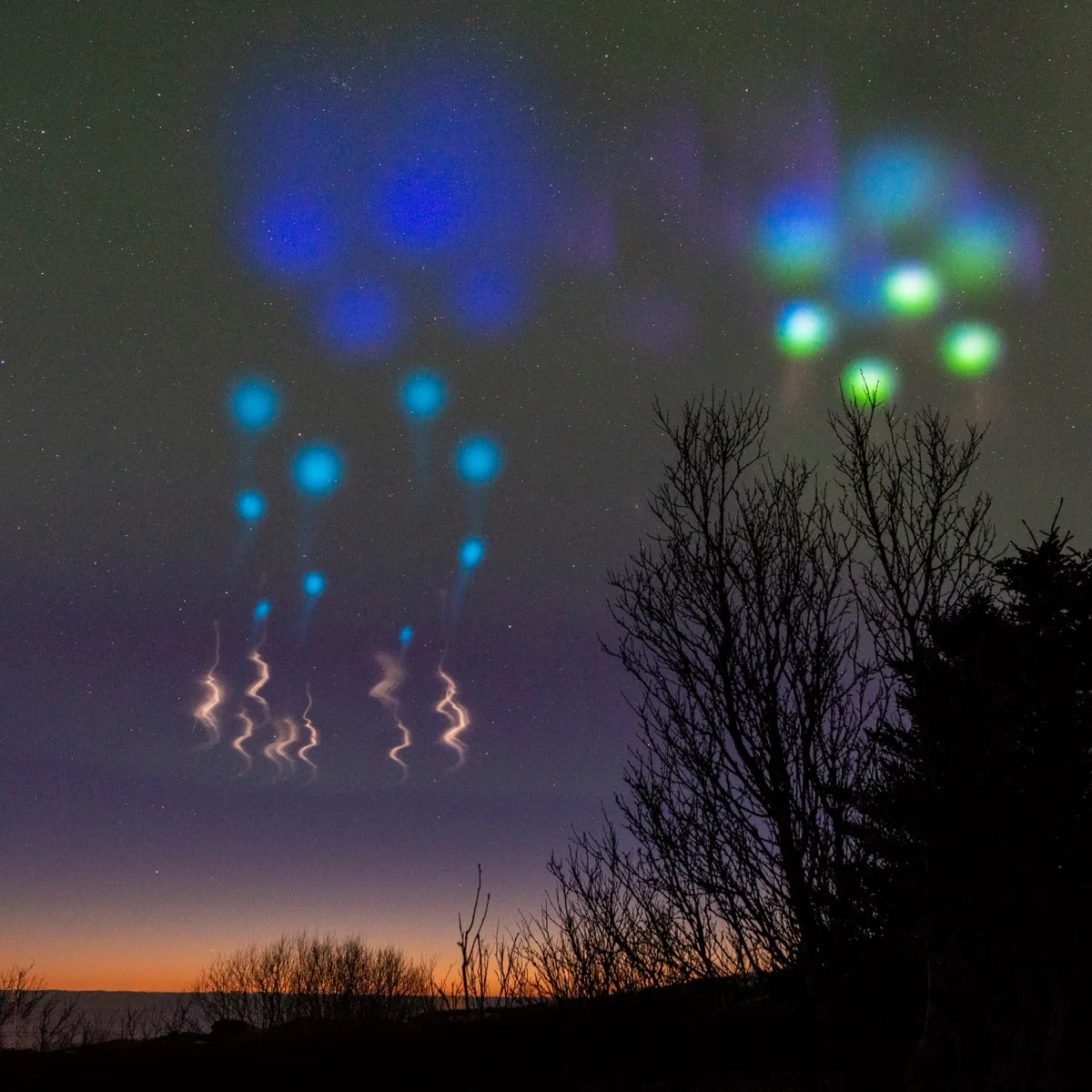Northern Lights

Explore the Aurora Borealis in the Northern Norway
Northern lights from Andøya, Norway.
Andøya (69°05′40″N 15°45′52″E) — one of the best place on earth to be for Aurora photography. The island Andøya is located on the tip of Vesterålen about 300 kilometres (190 mi) inside the Arctic circle.
Located on the island you also find Andøya Space Center (ASC) and The Alomar Observatory
© All photos by Ola Albert Bjerrang
Bleik, Andøya, Norway — From the mountain you can see the two lasers from the Alomar Observatory. (Photo © Ola Albert Bjerrang)
Photo © Ola Albert Bjerrang
Visual forms and colour
Auroras frequently appear either as a diffuse glow or as “curtains” that extend approximately in the east–west direction. At some times, they form “quiet arcs”; at others, they evolve and change constantly. These are called “active aurora”
Red: At the highest altitudes,
Green: At lower altitudes
Blue: At yet lower altitudes
Ultraviolet: Ultraviolet radiation from auroras
Infrared: Infrared radiation, in wavelengths that are within the optical window, is also part of many auroras.
Yellow and pink are a mix of red and green or blue. Other shades of red, as well as orange, may be seen on rare occasions; yellow-green is moderately common. As red, green, and blue are the primary colours of additive synthesis of colours, in theory, practically any colour might be possible, but the ones mentioned in this article comprise a virtually exhaustive list.
(From Wikipedia: Aurora)
For more photos check out www.bjerrang.no
Many names
Northern Lights, Aurora, Auroras, Aurorae, Aurora borealis, Guovssahas, Nordlys and Polar lights.
“The sight filled the northern sky; the immensity of it was scarcely conceivable. As if from Heaven itself, great curtains of delicate light hung and trembled. Pale green and rose-pink, and as transparent as the most fragile fabric, and at the bottom edge a profound fiery crimson like the fires of Hell, they swung and shimmered loosely with more grace than the most skillful dancer. ”
The bird island “Bleiksøya”
In many of the photos here you can spot a distinct island out in the ocean. The triangle-shaped island off the coast is called Bleiksøya. This island is the biggest resort of puffins in all of Norway.
The bird island is located right outside the village Bleik. Bleik has one of the longest beaches in Norway, and it is said that the beach is the reason for the village’s name. The beach is white, and bleik is a word for white/pale in the Norwegian language.
Aurora noise
Aurora noise, similar to a hissing, or crackling noise, begins about 70 m (230 ft) above the Earth’s surface and is caused by charged particles in an inversionlayer of the atmosphere formed during a cold night. The charged particles discharge when particles from the Sun hit the inversion layer, creating the noise.
Northern Lights — the corona, when the Aurora is directly above you.
Reflections on the Bleik beach with Bleiksøya in the background.
Global Arctic Awards
One of the 6 photos presented at the Global Arctic Awards with FUJIFILM on Consumer Electronics & Photo Expo — 2014 Moscow, april 10–13 — Right: At the Gallery (on the right) Центральный Дом художника / The Central House of Artists
Book — 2013 — Global Arctic Awards — PSA Bronze medal
Research rockets
Andøya Space Center and NASA’s Wallops Flight Facility launched two research rockets to track the flow of neutral and charged particles in the ionosphere — ultimately helping us further understand the aurora! (April the 6th 2019)
This is not the Northern Lights ;-) — Photo: Ola Albert Bjerrang
